|
There is a saying that it takes a village to raise a child. And, at Il Conte Villa Prandone, it takes a determined family to produce noteworthy wines. Spanning three generations, the De Angelis family has dedicated themselves to making wine since the 1950s. Today, third generation Emmanuel (winemaker), Walter and Samuel (vineyard managers), and Marina ( office management) continue their grandfather and father’s philosophy and tradition. Each generation’s love of the land and passion for work in the vineyards and cellar are evident. Emmanuel De Angelis said, “Our philosophy is very simple. We want to preserve, protect, and respect our land. There are three elements; history, the identity of the territory, and style.” What began with their grandfather planting seven hectares has now grown to 50 hectares under vine. The winery is situated in the province of Ascoli Piceno, near the enchanting medieval village of Monteprandone in the beautiful Marche region of central Italy. The vineyards here benefit from the gentle breezes of the Adriatic Sea to the east and the mild currents of the Sibillini Mountains to the west. In addition to the beneficial microclimate, night and day temperature variations help to keep the grapes healthy. The medium-textured clay-limestone soil contributes to aromas and unique flavors. And the terroir is a perfect haven for giving the wines good structure and alcohol content. Most of the wine produced at Il Conte Villa Prandone comes from indigenous grapes, but they also grow a few international varieties. Sustainability and biodiversity are practiced in all of their vineyards. Recently, Il Conte Villa Prandone sent me six wines to try while participating in a fun zoom session with Emmanuel and Mara Bastiani De Angelis, the export manager. These wines are an elegant expression of the land and the family’s passion. Navicchio Offida Pecorino DOCG 2021 This 100% Pecorino is their only white wine that is vinified and aged in concrete tanks and amphoras. Emmanuel calls it “our diamond. It is a white wine in a red body.” He also said that it has a shelf life of 10+ years. Nose: Floral, spice, citrus, and a hint of yeast. Palate: Lovely acidity, citrus, lots of spice with lemon zest on the finish. Vibrant, fresh, and complex. Alcohol: 13% SRP: $15 Pairing suggestions: Enjoy as an aperitif or serve with seafood, poultry, salads, and mushroom risotto. Donello Marche Sangiovese IGP 2020 This wine is 100% Sangiovese. After fermentation, the wine is preserved in cement tanks before bottling. Mara said, “It is our best-selling wine.” It is intended to be consumed within eight to ten years of the vintage. Nose: Floral, spice, berries Palate: Fresh with cherry, red berries, a hint of violet, spice, and herbs. Alcohol: 13.5% SRP: $14-15 Pairing suggestions: Grilled meat, mature cheese, hearty stews, or game. Marinus Rosso Piceno Superiore DOP 2017 This is a blend of 70% Montepulciano and 30% Sangiovese grapes. It is aged for one year in oak barrels. Emmanuel called it “an intense wine.” Nose: Cherry, berries, baking spice, fennel, and a hint of espresso. Palate: Sweet and savory with dark berries, spice, and smooth tannins. Cherry and spice linger on the finish. Alcohol: 14% SRP: $20 Pairing suggestions: Grilled meat, game, seared tuna, hearty pasta, or stews. Zipolo Marche Rosso IGP 2018 This wine is an international blend and is produced in extremely limited quantities. The first bottle was produced in 1999. It is a selection of Montepulciano, Sangiovese, and Merlot grapes. The wine is aged 16-24 months in oak barrels and another 12 months in bottle. Emmanuel suggests giving it time to open up, perhaps an hour before serving. Nose: Intense aromas of plum, dark berries, baking spice, and toast. Palate: Concentrated flavors of blackberry, plum, baking spice, and vanilla. Velvety tannins, complex, and well structured. Alcohol: 14% SRP: $25 Pairing suggestions: Roasts, stews, hearty soups, vegetable risotto, and mature cheese. Lu Kont Marche Rosso IGP 2018 This wine is 100% Montepulciano sourced from single vineyards with 50-year-old vines. It is aged in oak barrels for 12 months, then another 12 months in concrete tanks. It rests for at least six months in the bottle before release. Emmanuel suggests opening one hour before serving. Nose: Fragrant and fruity with berries, baking spice, and herbs.
Palate: Aromas segue onto the palate with pomegranate, cherry, anise, and minerality. It is savory, complex, and elegant. Alcohol: 15% SRP: $30 Pairing suggestions: Roasts, game, poultry, hearty stews, pasta, mushroom risotto. IX Prandone Marche Rosso IGP 2017 The label is a dedication to the town founded in the ninth century. The wine is 100% Merlot that is produced in very limited quantities. It is fermented in concrete tanks for 25-30 days and then aged in oak barrels, concrete tanks, and amphoras for 30 months. It then rests in bottle for one year. Nose: Violet, ripe red fruit, plum, berries, baking spice, and earthy. Palate: Juicy with good structure, cherry, blackberry, spice, and a hint of cocoa. Alcohol: 14.5% SRP: $80 Pairing suggestions: Grilled meat, game, spicy cuisine, roasted/caramelized vegetables, or charcuterie. I encourage you to explore these wines, and, better yet, put Marche on your bucket list of places to visit and sip a glass of wine surrounded by beauty! Until next time… Cheers! Penina To leave a comment or if you have an inquiry, please contact me at [email protected] Join me on a road trip to visit four unique wineries along the southeastern stretch of Sicily. It is an expanse of land filled with beautiful landscapes, historic sites, ancient ruins, and distinctive terroir that lured these wineries here. And, of course, there is lots of wine and mouthwatering local cuisine to taste! My last article about Sicily covered Vittoria DOCG, the final stop on my southeastern wine tour. http://thewineknitter.com/the-journal/a-taste-of-vittoria Today, we will go back to the beginning of the tour with Catania as our starting point. The sea to the east and the mountains to the west were a constant companion as we traversed the terrain, making our way south. On our way to Siracusa, we stopped for a seaside lunch at Stravento Ristorante Sul Mare in the hamlet of Brucoli in Augusta by the Ionian Sea. Here is a sampling of the local cuisine we enjoyed. (All slideshow photo credits: Penny Weiss) Having sated our palates, we continued on our journey south to explore a few wineries. Peter Vinding-Diers Montecarubbo Winery Montecarrubo is a small 5-hectare estate situated on the remains of an inactive volcano that exploded approximately two million years ago. It is near the town of Melilli, with breathtaking views overlooking the Ionian Sea and the bay of Augusta, between Catania and Siracusa. Peter and Susie Vinding-Diers came to Sicily seeking unusual and serious terroir to plant vineyards. Peter’s extensive experience as a winemaker has taken him to places such as South Africa, Bordeaux, Brazil, Spain, Chile, and Hungry, always leaving his mark as a talented winemaker and innovator. And now, he and his wife are in Sicily making Syrah! Yes, I said Syrah. Peter said, “I tried making Nero d’Avola, but it doesn’t interest me. I’m here to make Syrah. The mutations of Syrah here are endless, and I wanted something more precise.” After finding the perfect setting, the winery was established in 2005. At the time of purchase, the land was just grass, stone, and old lava pieces. Once Peter began bulldozing the land, he discovered a “beautiful profile of perfect soils with different layers and a top layer of coral reef.” He described it as light sand with fragments of coral reef to the west with deep loamy granulated black subsoil full of oxygen. And to the east, facing the Ionian Sea, it is a former seabed with fossilized sand. “You could call this a paleolithic vineyard.” They planted two vineyards of Syrah in 2010. His wines from these vineyards have been rated among the best examples of Syrah in Italy. Montecarrubo is certified organic. Fermentations are spontaneous with natural yeasts, and the wine is aged in tonneaux with no filtrations. In addition to grape vines, Montecarrubo is also home to 1,300 mature Nocellara Etnea and Nocellara del Belice olive trees. These indigenous varieties, farmed organically, produce excellent organic extra virgin olive oil each autumn. Our visit included a vertical tasting of Vignolo IGT Terre Siciliane 100% Syrah from 2012 through 2021, showing its ability to display fruitiness, depth, and elegance through all the vintages. Dark berries, minerality, soft tannins, and spice were ever present, with the 2017 vintage beginning to show more tertiary flavors. The wines are made in limited quantities and are available in several markets worldwide. So if you can find a bottle, you are in for a treat! Planeta “Buonivini” Winery Planeta was founded in 1985, but its family history of agriculture and winemaking in Sicily spans five centuries and seventeen generations. As seen on the map below, Planeta has six wine estates in five regions spread east to west in Sicily. The first vines were planted at Ulmo in 1985, and by 2015 they established their 6th winery, La Baronia at Capo Milazzo. Today my focus is on their Buonivini Winery in Noto. Planeta founded this estate in 1998. Patricia Toth, responsible for production and enologist at the Etna estate, said, “We moved to Buonivini to make what is the most elegant expression for us of Nero d’Avola and Moscato.” Buonivini has 45 hectares and three vineyards that produce DOC Santa Cecilia (100% Nero d’Avola), Controdanza, DOC (Nero d’Avola and Merlot blend), Allemanda Sicilia Noto DOC (100% Moscato Bianco, Moscato di Noto and Passsito di Noto that is made in a sweet and dry version. They also have a small area for Merlot and maintain four varieties of almond trees on seven hectares. The winery is “invisible” and underground. As Calogero Riportella, the estate’s enologist and agronomist said, “The cellar, which was built underground in 2003, preserves the landscape. The cellar also keeps the wines naturally cooler. He added, “We practice biodiversity and sustainability.” Calogero explained that this is the driest and hottest part of Sicily. The Mediterranean and Ionian sea come together and create a light breeze, which is very important for the vineyards. In addition, the soil has a great capacity for water retention, which is essential due to minimal rainfall of two to three times a year. With very white limey soils, it is the ideal terroir for Nero d’Avola and Moscato Bianco. Patricia said, “This is one of the most exciting areas for me, for the soil is comparable to Champagne.” All slideshow photo credits, Penny Weiss, except where noted. Patricia led us through a wine tasting of Buonivini wines, including wines from their other estates, accompanied by a delicious dinner. Santa Cecilia Noto, DOC is their top-of-the-line wine featuring 100% Nero d’Avola. Beautiful and complex. Floral notes with dark juicy fruit, spice, balsamic, and nice acidity. Controdanza Noto DOC is 85% Nero d’Avola and 15% Merlot grown in white soils. Dark berries, earthy, baking spice, cherry, and vibrant acidity. Allemanda Sicilia Noto DOC is 100% Moscato Bianco. It is a dry, crisp, and deliciously aromatic wine with jasmine, citrus, and notes of minerality and the sea. Passito di Noto Sicilia Noto DOC is 100% Moscato Bianco. An explosion of flavor with this “antique” wine. Floral, citrus fruit, apricot, honey, dried fruit, and tropical notes all come together in this complex and elegant wine. All slideshow photo credits Penny Weiss Planeta wines can be found in the USA and abroad. Feudo Maccari Antonio Moretti Cuseri, owner of Tenuta Sette Ponti in Tuscany, visited the Val di Noto in the late 1990s and fell in love with the area. He was smitten by Sicily’s famous Baroque style and the sea’s warm waters. He was so taken that he began a new project and created one of the most exciting viticulture businesses in the area. He has put together 250 hectares of property along the cliffs and beaches of this southernmost area of land in Noto, purchasing pieces of land from various owners, little by little. Maccari is the center of it all; it is here that the vineyards overlook the natural oasis of Vendicari (a nature reserve.) Antonio Moretti Cuseri has focused on native grape varieties like Nero d’Avola, Grillo, and Moscato di Noto, as well as international grapes like Syrah and Cabernet Sauvignon, bringing a fruity elegance and rich minerality to each wine. The first bottle produced at the estate was a 2000 Nero d’Avola. The proximity to the sea and the limestone-rich soil make this area perfect for quality winemaking, giving the grapes unique characteristics. The vineyards overlook the Ionian Sea and the natural oasis of Vendìcari and benefit from constant ventilation, which keeps the grape bunches healthy, so they are never stressed from the excessive heat. Only organic farming is practiced; they head-train all their vines to protect the grapes from the hot sun. The wood for aging is eclectic. Barriques are from France, and tonne and chestnut barrels are from Tuscany. The only white grape they work with is Grillo, and there are several interesting interpretations, such as Volé Mosso Bianco, fermented in small stainless steel vats that are temperature controlled and then left to slowly re-ferment at low temperatures. It is bottled with a slight residue of natural carbon dioxide and aged in bottle for three months. Family And Friends Grillo goes through temperature-controlled fermentation and maceration, partly in egg-shaped concrete tanks and partly in small oak barrels for about 20 days and then aged partly in egg-shaped concrete tanks and partly in small oak barrels for at least six months and another in bottle for six months. They are exciting wines to drink! As you can see from the photos below, we tasted a lot of wine. Feudo Maccari’s red wines are impressive, from Neré, a light and fresh Nero d’Avola aged in stainless steel to, Saia, a Nero d’Avola aged in small oak barrels for 12-14 months that is round and elegant. In addition, they produce noteworthy Syrahs such as Mahâris with rich fruit and minerality. After the tasting, my palate was singing! Slideshow photos credit: Penny Weiss Tenute Zisola The Mazzei family is no stranger to fine winemaking; their wine history dates back to the 11th century. For the past 24 generations, the Mazzei family has been producing wines at Castello di Fonterutoli in the heart of the Chianti Classico zone. I had the pleasure of tasting these wines last year with Giovanni Mazzei, who represents the 25th generation. The Mazzei family made their debut in Sicily in 2003 when they established Tenute Zisola. It is a “stone’s throw” from Noto, where they own 52 hectares of land that surrounds three traditional farmhouses called bagli. Slideshow photo credits: Penny Weiss In addition to 22 hectares of grape vines, they cultivate olives, citrus fruits, and almonds. They are in the process of converting to organic production, which should be completed and certified by 2023. Dario Pennino, the export manager, said, “We specialize in viticulture. When the grape harvest is done, we tend to the orchards. What is important is the connection with terroir.” Nero d’Avola is the principal grape grown here, but they also produce small quantities of Syrah, Petit Verdot, Grillo, and Catarratto. Like many other wineries in the southeast, the sea breezes from the nearby coast keep the vineyards cool from severe heat. The soils are calcareous, medium textured, and rich in gravel which contribute to minerality, freshness, and elegance in the wines. They have a small but efficient winery with vinification in temperature-controlled stainless steel vats and approximately 350 oak barrels in which the wines are aged. We sampled wine while gazing out over a stunning vista. It was a small hike to get there, but well worth it. Francesco Loi, a 24-year-old enologist who guided us through the tasting, told me he began making wine at 14. The 2021 harvest is his first one with Zisola. Slideshow photo credits: Penny Weiss Zisola produces five wines, four reds, and one white. Their objective in making wine is to “approach it with sensitivity and respect.” One of our hosts said, “It takes time to make good wine. We don’t make coca cola.” Azisa Sicillia DOC 2021 is 100% Grillo. It is aromatic, dry, and fresh, with floral, citrus, white stone fruit, and pleasant minerality. Doppiozeta Noto Rosso DOC 2017 This is Zisola’s hallmark wine made with 100% Nero d’Avola from three unique plots. It was aged in new/used tonne for 16 months. Lush red fruit, cherry, spice, and a hint of mint with nice length with a 20+ year aging potential Zisola Sicilia Noto Rosso DOC 2019 100% Nero d’Avola aged in barrels for ten months. Cherry, red berries, herbal notes with acidity coming through. It is light and fresh. Achilles Syrah Sicilia DOC 2017 This 100% Syrah is aged 15 to 16 months in small French oak barrels. Dark cherry, earthy, smokey notes, and a nice balance of acidity and tannins. Effe Emme Tere Siciliane IGT 2016 is 100% Petit Verdot and is aged for 16 months in small french oak barrels. An intense wine that is very earthy with dark fruit, cherry, blackberry, spice, and a hint of dark chocolate. We continued to taste wine while enjoying a delicious lunch that Zisola prepared. Slideshow photo credits: Penny Weiss The wines I tasted on my tour of the southeast paired beautifully with all the local cuisine and specialty dishes. These versatile and expressive wines reflect the terroir, dedication, and love of this unique area of Sicily. They are a treat for the palate and soul. And I understand now the lure that beckons wine producers to come here.
I always say, “There is nothing better than pouring a part of Sicily into a wine glass.” Of course, I highly recommend taking a first-hand tour of this magical island! Until next time, Cheers! Penina To leave a comment or if you have an inquiry, please contact me at [email protected] My last article about Abruzzo was an introduction to this amazing wine region in Italy. If you missed it, here is the link. thewineknitter.com/1/post/2022/07/auguri-allabruzzo.html While touring Abruzzo, I was introduced to Villamagna DOC, situated in the province of Chieti. It is a very tiny but impressive appellation nestled within a small medieval village filled with history and charm. Villamagna derives its name from an ancient Roman settlement. Villa means “farm,” and magna means “large.” This area is a haven for viticulture. 10 km to the east is the Adriatic Sea, and 10 km to the west are the slopes of the Majella massif, making it a perfect setting for the vineyards here. In the late 1990s, a dedicated team of winemakers and local wineries began studying soil composition, analyzing data from previous decades of harvests, studying vineyard exposure, and clone analysis of the Montepulciano grape. From this study, it was determined that a small area in and around the village of Villamagna was most desirable for the production of “great red wines” from unique clones of the Montepulciano d’Abruzzo. The Villamagna DOC was established in 2011, focusing on red wines produced from Montepulciano grapes. With only 85 hectares and seven wineries, this DOC’s objective is to make the best red wine in the Abruzzo region, concentrating on quality control and specific aging requirements. To quote Villamagna DOC, “The Controlled Designation of Origin is the result of close collaboration between the Villamagna producing companies, characterized by a strong spirit of belonging and respect for their territory. This is reflected in the strict disciplinary, which requires bottling in the production area of the best Montepulciano grapes, with a low yield per hectare and a high alcohol content that makes the Villamagna DOC an evolution of the species.” The Villamagna DOC wineries are: Agricosimo, Cantina Villamagna, Casina del Colle, Palazzo Battaglini, Piandimare, Torre Zambra, and Valle Martello. The two wines produced in this DOC appellation are Villamagna DOC and Villamagna DOC Riserva. The strict production requirements are as follows: Villamagna DOC Maximum yield per hectare: 12,000 kilos Minimum ABV: 14% Earliest release: November 1st of the second year following harvest Aging (about six months) in oak Villamagna DOC Riserva Maximum yield per hectare: 12,000 kilos Minimum ABV: 14% Earliest release: November 1st of the third year following harvest Aging: (about 12 months) in oak As a comparison, here are the requirements for Montepulciano d'Abruzzo DOC Maximum yield per hectare: 14,000 kilos Minimum ABV: 11.5% Earliest release: March 1st of the first year following harvest The Villamagna DOC territory benefits from the cool breezes of the sea and wide-range diurnal variation that contributes to the grape’s intense scents and aromas. As one producer said, “The breeze comes from both sides and has a beautiful effect on the vineyards, especially on a hot day. Villamagna is a blessed micro-territory for winemaking. There is a variety of soil composition from one vineyard to another, giving the wines their subtle uniqueness.” A prominent and contributing feature of this area that adds to the elegance of these wines is the clayey soils and calcareous-marly. In addition, the combination of climate and soil helps to produce low yields and very healthy grapes. I had the opportunity to meet with the winery owners/export managers and enjoy a sampling of what the seven wineries had to offer. Below are two samples. Overall, the wines I tasted had rich and enticing aromas such as dark berries, cherry, baking spice, balsamic notes, and herbs. Typical flavors included dark cherry, blackberry, spice, pepper, herbs, balsamic, and vanilla, along with silky tannins and fresh acidity that was always beautifully balanced. The fresh acidity was more focused in the younger wines, adding a lovely dimension. And the acidity in the aged wines waned but was always present, giving way to more pronounced tannins, which never overpowered the wines but added more complexity. Because of the tannins and acidity, rich food pairs beautifully with these wines. Serve with mature cheese, antipasto, red meat, game, chicken, hearty pasta or stews, and Asian cuisine. Most of these wines are available in the USA, and I highly recommend trying them! We ended our visit with wine, dinner, and music on the main square in town overlooking stunning views of the village. Photo credits of slide show: Penny Weiss As the sun set and the music got livelier, we didn’t want the evening to end. Grazie to Villamagna DOC for a most enjoyable and extremely palate-pleasing afternoon and evening! As one producer said, “The wines of Villamagna DOC are eloquent and complex. These wines are the purest expressions of the land.” And I couldn’t agree more!
Until next time… Cheers! Penina To leave a comment or if you have an inquiry, please contact me at [email protected] It’s not often that wines from Calabria cross my path. And I’m sure these wines are not on most consumers’ shopping lists, but they should be. Here is a brief introduction to Calabria and its wines. Calabria is a southern Italian region located in the “toe” of Italy’s boot and just a stone’s throw from Sicily, separated by the Strait of Messina. Calabria is surrounded by the Ionian and the Tyrrhenian Sea, making up a beautiful coastline with lush forests and mountains inland. This region is no stranger to winemaking, with the ancient Greeks being the first to cultivate grape vines here. Although Calabria has no DOCGs, it is home to 12 DOC titles, with grape vines only occupying approximately five percent of the region’s total wine output. The most well-known DOC appellation is Cirò, considered the most suitable wine-growing area. Its landscape is flat close to the sea, and hilly inland. The Mediterranean moderates and cools the vineyards with morning and late afternoon breezes, alleviating the intense heat of summer. Cirò is famous for its red wine production, specifically the Gaglioppo grape variety, in addition to limited production of Cirò Blanco and Rosato. I recently had an opportunity to taste several wines with Paolo Librandi, the third generation of Librandi, a family-run company located in Cirò Marina, where 80% of Librandi’s production is. Paolo’s grandfather Raffaele, the youngest of 10 children, founded the company in 1953. He started with six hectares, one for each of his children. Today there are six estates and over 230 hectares. The company is run by Nicodemo, Raffaele, Paolo, Francesco and Teresa Librandi. Librandi is focused on indigenous grape varieties Gaglioppo, Magliocco, Mantonico and Greco Bianco. In addition, international varieties such as Chardonnay, Sauvignon Blanc, and Cabernet Sauvignon have been planted with the aim “to combine the highly recognizable local varieties with the freshness and smoothness of the international varieties.” In 1993 they began to research and experiment with the objective of recovering and enhancing native grape varieties. They have created experimental vineyards in which 200 of the region’s rediscovered indigenous varieties are collected, analyzed, and preserved. Librandi is tied to traditions but embraces new technology and became certified sustainable two years ago. “From this unique landscape, we Librandi have always taken our inspiration to embody the oenological tradition of an area that is historically suited to the cultivation of vines.” So, let’s taste some wine! Critone Calabria Bianco IGT 2021 “International taste, Calabrian soul” This blend of 90% Chardonnay and 10% Sauvignon Blanc is a best seller. Production area: Strongoli, Rocca di Neto/Casabona Nose: Floral, salinity, white stone fruit, and green apple. Palate: Citrus, grapefruit, white peach, a hint of herbs, zesty acidity, and refreshing. Alcohol: 12.5% SRP: $19 Segno Librandi Cirò Bianco DOC 2020 “Brilliant like the summer sun.” This wine is 100% Greco Bianco, and the variety only exists in Calabria. Paolo said, “This grape needs extra stressful conditions to reach its perfect ripeness.” Production area: Cirò, Cirò Marina, Crucoli Nose: Fresh flowers, the sea, green apples, and herbs Palate: Aromas segue onto the palate with tropical notes, white stone fruit, and acidity. Alcohol: 12.5% SRP: $15 Gravello Calabria Rosso IGT 2019 “Super Tuscan with International taste” This is Librandi’s flagship wine. Paolo calls it “Frankenstein wine, a perfection of blending.” It is 60% Gaglioppo and 40% Cabernet Sauvignon. After fermentation, it is aged in Allier barriques for 12 months and then six months in bottle before release. The first vintage was in 1988. Production area: Arcidiaconato estate in the countryside of Strongoli. Nose: Dark berries, cherry, violet, Palate: Dark fruit, cherry, spice, licorice, nice acidity. It is a complex and well-structured wine, balanced nicely between sweet and savory. Alcohol: 15% SRP: $30 Duca Sanfelice Cirò Riserva Rosso Classico Superiore DOC 2019 “Our land, our roots. Authentic. It is the wine that most closely links us to our origins, the wine of Cirò.” This is 100% Gaglioppo with grapes sourced from vineyards in the best sub-zones. The wine is aged in steel and concrete vats for two years and then several months in bottle before release. This particular vintage was aged for three years. Production area: Cirò, Cirò Marina Nose: Floral, red fruit, herbs, and earthy. Palate: Berries, sour cherry, spice, balanced nicely with tannins and acidity, and a long finish with cherry and a hint of anise lingering. Alcohol: 14% SRP: $20 Segno Librandi Cirò Rosso Classico DOC 2019 “Pleasant and intense like the aromas of the Mediterranean maquis.” This is 100% Gaglioppo. The wine is aged in stainless steel vats followed by a few months in bottle before release.
Production area: Cirò, Cirò Marina Nose: Violet, cherries, red berries, and herbs. Palate: Dark cherry, red and dark berries, raspberry, spice, natural acidity. Very fresh, with cherry and spice lingering. Alcohol: 13.5% SRP: N/A What started as bulk wine production in the 1950s has turned into a dedicated mission for the Librandi family to produce excellent wines while maintaining the integrity of Calabria and its terroir. Librandi is proud to support and promote their land. “Our family's wines are ambassadors of our land and culture, ideas that find their realization in the family vineyards and the dedication we devote to their cultivation.” Treat your palate to some wine from Calabria. Your palate will thank me! Until next time… Cheers! Penina To leave a comment or if you have an inquiry, please contact me at [email protected] Three years ago, Consorzio Tutela Vini D’Abruzzo invited me to attend an educational seminar in New York City to learn about the Abruzzo wine region of Italy. Not only was I introduced to some stunning wines indigenous to this region, but I also had the opportunity to meet with several new-generation wine producers. This new generation echoed a recurring theme that day on the importance of “balancing tradition while introducing new innovations.” The Consorzio Tutela Vini D’Abruzzo was established in 2002 to monitor, defend, protect, and safeguard the controlled designations of origin and maintain the quality of production. Its 400 members are grape growers, winemakers, and bottlers. A few weeks ago, Consorzio Tutela Vini D’Abruzzo invited me to experience the wonders of Abruzzo firsthand. And although I learned so much during the seminar in NYC, nothing can compare to the magic of physically standing at the edge of the Adriatic Sea with the breathtaking backdrop of the Apennine Mountains, walking through vineyards, partaking in the local cuisine and culture, and touring historic villages with imposing abbeys and castles. On this trip, the ever-present mantra of the new generation of winemakers I met continued, “balancing tradition while introducing new innovations.” Their enthusiasm, along with love and respect for the land, and determination to produce high-quality wines are commanding, and it shows in the wines that I sampled. A movement toward experimenting in the vineyards to find ways to combat climate change, along with a growth in certified organic farming, sustainability, and infusing new technology with traditional methods, is the new norm here. And the older generations are embracing these new paths forged to showcase the terroir and produce unique and more complex wines. For those who may have missed my original article from a few years ago, here is an introduction to Abruzzo. Abruzzo is situated in central Italy between the Adriatic Sea and Gran Sasso d’Italia (one of the highest peaks in Italy, standing at 9,554 ft.) and Majella Massif, both part of the Apennine Mountains. For centuries, the inhabitants of Abruzzo have referred to the Majella Massif as a sacred mountain. Abruzzo winemaking dates back to the fourth century BC when the Etruscans introduced viniculture to the area. However, winemaking took a dip in production for several centuries, and it is only in the last 50 years that it has been on an upswing. Bulk wine once dominated the scene, but with a recent turnover of the newer generations, Abruzzo is producing more quality-driven wines. The Abruzzo wine region is divided into four provinces with sub-zones. Overall, there are approximately 6,000 grape producers, 35 wine cooperatives, and over 250 wineries, with the majority of wine production taking place in Chieti province, where more than 83% of Abruzzo wine growing is located. Two geographical areas make up Abruzzo, the inland mountainous area that covers 65% of the entire region and the long coastal area with sweeping hills. Climate and geography play an important role in wine’s outcome, and the stage is set for the terroir of Abruzzo. A moderate coastal climate exists in the area along the Adriatic-facing side of the Apennines and is more continental inland. The vineyards benefit from the high altitude that provides significant diurnal temperature variations and good ventilation that cools the vineyards, while the Adriatic contributes a coastal breeze. Primary soils are clay-rich interspersed with limestone and sandy with marine deposits found along the coastline. Calcareous soils, marls, and rock are inland. There are an impressive 36,000 hectares of vineyards in the Abruzzo region, with the majority of vineyards planted on hills. Abruzzo produces approximately 3.5 million hectoliters of wine each year! And more than one million of these wines are Controlled Designation of Origin. (DOC) of which approximately 80% are Montepulciano d’Abruzzo. In fact, 58% of all vineyards are planted to Montepulciano, with 17,000 hectares under vine. As of 2019 Montepulciano d’Abruzzo Colline Teramane is the only D.O.C.G made in Abruzzo with a minimum of 90% Montepulciano. Notable indigenous varieties and wines are below with a “generalized” description. Red Grape Montepulciano d’Abruzzo This is Abruzzo’s star red grape. The wines tend to be rich, complex, and medium-bodied, with typical flavors of red fruit, plum, dark berries, and herbs. It is a versatile grape that can be produced as a simple, fresh un-oaked wine or aged in casks for a more dense and complex wine. Cerasuolo d’Abruzzo A deep cherry-colored wine considered the rosé of Abruzzo. Made with Montepulciano grapes, the color is obtained from a short maceration of 24 hours or less. The wine leans toward intense red fruit flavors with racy acidity and palate-pleasing freshness. White Grapes Trebbiano This is Abruzzo’s star white grape. Trebbiano tends to be light and fresh with tropical fruit, citrus flavors, lively acidity, and a trace of almond on the finish. Pecorino Not to be confused with cheese, this grape produces a dry, fresh wine with tropical or citrus fruit, minerality, bracing acidity, herbal notes, and a beautiful floral bouquet. Cococciola These grapes were traditionally used for blending but are now produced on their own as well. The wines tend to have floral and citrus aromas, with the palate offering fruit-forward and herbal notes. It is dry, fresh, and has vibrant acidity. Passerina This is another fresh and vibrant wine with distinct notes of apricot, white stone fruit, herbs, and floral. In addition to still wines, many wineries are producing sparkling wines from the above grapes, which tend to be vibrant, fresh, and aromatic. What I love about these wines is their versatility when paired with all types of food. Our first night in the province of Chieti in Abruzzo we dined on local cuisine at Trabocca Punta Cavalluccia. Up and down the southern coastline, especially in Chieti, there are pilings called trabocci. These fishing platforms extend out to the sea and were first designed in the 18th century to allow fishermen to harpoon and catch fish with nets without needing to use a boat. A long gangplank leads to a covered structure firmly anchored into the sea bed with stilts. It may look fragile, but it isn’t! Today, a few of these trabocci have been restored, renovated, and turned into fabulous restaurants, and Trabocca Punta Cavalluccia is among the well-known. It is open dining out on the Adriatic Sea! We enjoyed a six-course meal, savoring the local bounty from the sea while treating our palates to Abruzzo wines. Below are just a few examples of our dinner. The variety of local food is as varied as the landscape of Abruzzo. As we drove away from the sea toward the mountains, we were treated to different styles of food. And the wines were palate-pleasing every step of the way. This is the first of several articles on Abruzzo. In future articles, we will visit a few wineries and quaint villages and delve into the hidden gem of Villamagna, DOC. I encourage you to try Abruzzo wines and sip with me as we explore Abruzzo together! Your palate will thank me! Until next time… Cheers! Penina This article was originally published to Santé Magazine. To leave a comment or if you have an inquiry, please contact me at [email protected] It’s time to break out the sparklers, watch a fireworks show, and plan a backyard BBQ! Whether you’re firing up the grill or packing a picnic basket for the beach, here are four palate-pleasing red, white, and pink wines to complement many food options. Quattro Quarti Grillo DOC Sicilia 2019 This 100% Grillo is produced by Cantine Ermes, founded in 1998 in the heart of Belice Valley in Sicily. They have an impressive 10,592 hectares of vineyards spread across Sicily. The grapes for this wine are sourced from four different territories and exhibit “a mosaic of identity” that includes an elegant Mediterranean bouquet. Nose: Floral, white stone fruit, and citrus. Palate: Peach, grapefruit, crisp acidity, salinity, and very refreshing. Alcohol: 12.5% SRP: $15 Pairing suggestions: Seafood, grilled chicken, oysters, and salads. Or enjoy it as an aperitif. Francis Ford Coppola Sofia Brut Rosé 2018 This lovely sparkling rosé is a tribute to Francis Ford Coppola’s only daughter. The grapes are sourced from their vineyards in Monterey County, California, and are a blend of 80% Pinot Noir and 20% Chardonnay. This light and refreshing wine is perfect for kicking off any festivities. Nose: Floral, tart berries, sweet strawberries, citrus, and spice. Palate: Ripe strawberries, citrus, and spice, with light effervesce, a creamy mouthfeel, and crisp acidity. Alcohol: 12% SRP: $19 Pairing suggestions: Enjoy as an aperitif or with light fare. Great with chocolate cake too! Las Moradas De San Martín Initio 2015 Located on the Madrid side of the Gredos range of hills in Spain, this is where the winery’s vineyards are for the ancient Garnacha vines that were recovered and had been cultivated since the 12th century. This 100% Garnacha is from a single vineyard with vines that are over 60 years old. The wine is aged for 17 months in oak. Nose: Cherry, balsamic notes, berries, plum, and minerality. Palate: Aromas segue onto the palate with wild berries and fennel. It is fresh and lively! Alcohol: 15% SRP: $16 Pairing suggestions: Grilled meat, game, stews, paella, cheese, or seared tuna. Jordan Cabernet Sauvignon Alexander Valley 2018 Family-owned Jordan Vineyard & Winery is located in Alexander Valley AVA, in the heart of Sonoma County, California. Jordan focuses on producing noteworthy Chardonnay and Cabernet Sauvignon. Taken from different blocks, this is a blend of 80% Cabernet Sauvignon, 11% Merlot, 7% Petit Verdot, and 2% Malbec. The wine was aged in 100% French oak for 13 months, 35% new, and 65% one-year-old barrels. Nose: Dark cherry, dark berries, baking spice, and fig. Palate: Lush blackberry mingled with savory notes, toasted nuts, a hint of raspberry, silky tannins, and vanilla lingering on a long and elegant finish. Alcohol: 13.8% SRP: $60 Pairing suggestions: Grilled or roasted meats and game, mushroom risotto, grilled veggies, or hearty meat and vegetarian stews. Enjoy the holiday weekend and be safe! Until next time…
Cheers! Penina To leave a comment or if you have an inquiry, please contact me at [email protected] Many tend to drift toward white or rosé wines as the temps begin to climb. However, red wines should not be overlooked during the summer months. Many light-bodied to full-bodied reds are ideal for sipping outdoors while enjoying grilled fare. For instance, unoaked or lightly oaked red wines tend to be lighter and fruitier. And slightly chilling many red wines for no more than 30 minutes can enhance the flavors, minimize the focus on alcohol, and make the wine more refreshing. I recommend staying below 14% in alcohol content when choosing a wine to drink outside on a hot day. Alcohol is a diuretic that contributes to dehydration. And when combined with outside heat, which leads to sweating, one can become dehydrated quickly. Therefore, it is also essential to drink water and stay hydrated! I have chosen five red wines that range from 12.5% to 13.5% alcohol and can be enjoyed with whatever is sizzling on the grill. These wines pair beautifully with grilled red and white meats, game, fowl, tuna, and veggies. And if it’s too hot outside, bring your picnic and wine indoors, and sip away! Trapiche Oak Cask Wines Trapiche Winery is located in Mendoza, Argentina. Grapes for this collection are sourced from vineyards situated 2500 ft above sea level. The wines are aged for nine months in oak barrels. Trapiche Oak Cask Cabernet Sauvignon 2021 This wine is 100% Cabernet Sauvignon. Nose: Dark berries, cherries, and spice. Palate: Ripe blackberry, plum, spice, chocolate, and toasty notes with smooth tannins. Nice finish with a hint of tobacco lingering. Alcohol: 13.5% SRP: $8.99 Trapiche Oak Cask Malbec 2021 This is 100% Malbec wine. Nose: Dark cherry, plum, spice, and vanilla. Palate: Ripe dark berries spill onto the palate with a creamy mouthfeel and notes of pepper on a sweet finish. Alcohol: 13.5% SRP: $8.99 Saget La Perrière Saget La Perrière is a family-run company located in the Loire Valley, France. With 890 acres of vines in the finest appellations and six estates, it carries on the tradition of nine generations dedicated to producing the best wines. La Petite Perrière Pinot Noir 2020 This 100% Pinot Noir is mainly sourced from the Saget family’s estate vineyards in Touraine (Loire Valley), and part of the blend is sourced from the South of France through long-term partners. Nose: Cherry, floral, earthy Palate: Blueberry, dark plum, cherry, and balanced acidity with a fruity and long finish. Alcohol: 12.5% SRP: $13.99 San Felice San Felice estate is located in the heart of Chianti Classico territory in Tuscany, Italy. The estate covers an area of more than 650 hectares in the municipality of Castelnuovo Berardenga, at an altitude of about 400 meters above sea level. Over 140 hectares are devoted to wine vineyards, with about 17,000 olive trees, experimental plantations, and a hotel complex. San Felice Il Grigio Chianti Classico Riserva DOCG 2018 Grapes for this 100% Sangiovese are sourced from the San Felice estate. 80% of the wine is aged for 24 months in 60 or 90 hectoliters in Slavonian oak casks, and 20% is aged in 225-liter French barriques, followed by nine months or so in the bottle. Nose: Floral, red berries, dark cherry, and earth. Palate: Fresh red fruit spills onto the palate with spice, floral, a hint of herbs, and a lovely balance of acidity and smooth tannins. Alcohol: 13.5% SRP: $27 J. Christopher Winery This winery is located in northern Willamette Valley, Oregon, and is owned by well-known winemaker Erni Loosen, creator and owner of Germany’s Dr. Loosen and Villa Wolf estates. Following his passion for Pinot Noir, Erni set his sites on J. Christopher, eventually purchasing 40 acres and planting the Appassionata Vineyard. J. Christopher Medici Vineyard Pinot Noir 2018 The grapes for this 100% Pinot Noir are sourced from one of the oldest vineyards in the Chehalem Mountains appellation, and it is just a few miles east of the winery. The oldest blocks were planted in 1976, and in 2015 the vineyards were converted to organic farming. This wine was aged 18 months in barriques (25% new) and is unfiltered. Nose: Strawberry, floral, stone, and a trace of baking spice. Palate: Succulent red berries, cherry, vibrant minerality, and spice. Smooth and well structured with a long finish. Alcohol: 13.5% SRP: $60 In addition to the above wines, Grenache, Cabernet Franc, and Gamay make excellent grilling partners. Until next time…
Cheers! Penina To leave a comment or if you have an inquiry, please contact me at [email protected] This is a virtual visit to one of the oldest winemaking countries in the world. Georgia is one of the oldest winemaking countries in the world, with archaeological evidence dating back 8000 years, making the tradition of winemaking almost 1,000 years older than previously thought. According to Wines Of Georgia, “In 2015, in southeast Georgia, archaeologists discovered clay vessels (qvevri) containing the residue of cultivated grape seeds. Using archaeological, archaeobotanical, climatic, and chemical methods, researchers dated these artifacts to 6000 BCE.” Fragments of ceramic casks, some decorated with grape motifs, were also found. Qvevri Wines of Georgia explained what qvevri are. “Qvevri are egg-shaped clay vessels that Georgians have used continuously for 8,000 years. These large tapered vessels, often 1,000 liters or more, are buried underground to keep temperatures constant during fermentation and aging. Using the traditional method, winemakers ferment the juice and skins together. Skin contact turns what would otherwise be white wines into amber wines with tannins. Winemakers use qvevri to ferment red grapes as well as white. Qvevri are still made by hand by Georgia’s master qvevri-making families. With the rising popularity of amber and natural wines, the demand for qvevri is on the rise in Georgia and internationally. In 2013, the United Nations added qvevri winemaking to the UNESCO list documenting humanity’s intangible cultural heritage.” Below are photos of qvevri stored outside and inside the winery. Once part of the Soviet republic, Georgia is located in the Caucasus region of Eurasia that intersects Europe and Asia. It borders the Great Caucasus Mountains to the north, the Black Sea to the west, and the lesser Caucasus to the south. It is 27,000 square miles, slightly less than the state of Maine! There are nine wine regions throughout Georgia with 55,000 hectares of vines and 24 Protected Designations of Origin (PDO). Kakheti wine region, located in the easternmost part of the country, is the primary winemaking area where approximately three-quarters of Georgia’s vineyards are planted. Climate is diverse throughout the wine regions and can range from subtropical to continental to alpine to near desert-like. Mineral-rich soil and deposits can be found in all regions, which contribute to the characteristic flavors of the wines. Georgia has 525 indigenous grape varieties, with approximately 38 varieties used for commercial production; 55% are planted to white and 45% to red. The two most prominent grape varieties are Rkatsiteli (white) and Saperavi (red). Although most wine shipped to the United States is dry, about 70% of Georgia’s wine production is semi-sweet and sweet. After Georgia’s five-day war with Russia in 2008, it lost over 90% of its export market. However, when Russia’s ban on Georgian wine was lifted in 2013, 57% of Georgian wine went to Russia. As of 2019, Georgia exports wine to 53 countries, and the number of bottles shipped is climbing steadily. Within the ex-Soviet states, Georgia is second after Moldova in the amount of grape production. And it is safe to say that Georgian wine is now on everyone’s radar. Georgia has over 100,000 family wineries with deep winemaking roots in every family. So there is much to explore and taste. Sun Wine is a family winery located in Kvareli in the Kakheti region. The Mzekalashvili family has approximately 90 hectares of vineyards, focusing on combining modern and old means of winemaking passed down from their grandfather, Zurab Mzekalashvili. over 50 years ago. Today, his grandson, Zurab Mzekalashvili, inspired by his grandfather’s traditions, created Sun Wine in 1978. He produces wine based on the specific technology developed by the Mzekalashvili family and frequently adds new techniques and designs. Both of the Sun Wines I tasted were made with indigenous grapes. Sun Wine Tsinandali 2018 Estate Bottled This white wine is a blend of 80% Rkatsiteli and 20% Mtsvane. The grapes are sourced from vineyards in the Telavi and Kvareli areas of Kakheti. Nose: Inviting aromas of floral, melon, anise, and white stone fruit. Palate: Green apple, white flowers, apricot, and crisp acidity with a hint of nuttiness lingering on the finish. It is dry and refreshing. Alcohol: 12.5% SRP: $18 Pairings: Serve with seafood, salads, and cheese. Sun Wine Saperavi 2018 Estate Bottled Grapes are sourced from the Kindzmarauli area of Kakheti for this 100% Saperavi. Saperavi means “the place of color” and is one of the few red grape varieties in the world with red flesh and red skin. Nose: This dark purple wine has enticing aromas of dark cherry, floral and spice. Palate: Aromas segue onto the palate with dark berries, pomegranate, dark cocoa, and licorice. It all blends beautifully with added lively acidity. Alcohol: 12% SRP: $19 Pairings: Pair with grilled meat, seared tuna, and hearty stews. These are delightful wines that one can enjoy as an aperitif in addition to food. So, take your palate on an exploration of Georgian wines, and let me know what you think! Until next time… Cheers! Penina This article was originally published on Santé Magazine. To leave a comment or if you have an inquiry, please contact me at [email protected] Some of you might know Casa Gancia, an iconic wine producer located in Piedmont, northern Italy. In addition to making sparkling and still wine, the Gancia family lays claim to producing the first Metodo Classico wine in Italy. So what does this have to do with Argentina and Orfila wines? In 1905, Spanish immigrant José Orfila founded his winery in Mendoza, Argentina, where he grew grapes and produced wines from premium vineyards. In the meantime, in the 1940s, part of the Gancia family, under the leadership of Camilo Gancia, emigrated to Argentina from Italy. They began planting vineyards in Mendoza, and by 1965, the Gancia family had over 2500 acres of vineyards in the Uco Valley, Lujan de Cuyo, and Maipú. In 2010, the Gancia family acquired the Orfila winery and merged the winemaking traditions of both families. The unique terroir of this wine region combined with European traditions is the essence of Orfila wines. Juan Ruiz, export director for Orfila, said, “Orfila is a story of family winemaking tradition and some of the finest vineyards in Mendoza. We make wines that reflect the great character and quality of the vineyards, and we make them in a style that is easy to enjoy, with beautiful fruit structure and round tannins.” Over 70% of all Argentine wine is produced in Mendoza, and of that amount, approximately 85% is Malbec. Mendoza is located in the eastern foothills of the Andes, where the climate is dry and continental, making it an ideal environment for these high-altitude vineyards during the grape-growing season. Mendoza has several sub-regions that include Luján de Cuyo, Maipü, and the Uco Valley. See the map below. The Orfila vineyards are located in three sub-regions of Mendoza, Uco Valley, Luján de Cuyo and Maipú. Luján de Cuyo and Maipú are among the best areas in Argentina for making wines. The altitude range is 2625 ft. to 2953 ft., with average temperatures of 46 to 73 degrees. Uco Valley, where Orfila’s most prized vineyards are located, has an altitude range of 3280 ft. to 5250 ft., with average temperatures of 44 degrees to 71 degrees. The high elevations in these regions are beneficial to the grapes due to the high daytime temperatures and cooler nights. This diurnal temperature variation contributes to slowing the ripening process, extending the growing season, and allowing the grapes time to produce balanced sugar and acidity. Alluvial soil dominates the Mendoza wine region with loose sand over clay, allowing good drainage. “We try to preserve what the vineyards give us,” explains Orfila winemaker Guillermo Chavero, who credits the ideal and moderate microclimates, soils, and elevation for the distinctive characteristics of Orfila wines. He adds, “The growing conditions in Mendoza create little need for human intervention. There is a natural balance of the right amount of stress on the vines, which results in wines with beautiful fruit structure and round tannins.” That being said, he is committed to creating easy-to-drink wines crafted in the finest European tradition. The Gancia family practices state-of-the-art winemaking and growing practices. All vineyards are organically farmed, and certification is in process. Biodynamic farming techniques are also employed in some vineyards. The following Orfila wines reflect the elegance and “two winemaking worlds” this wine region offers. Orfila Estate Selection, Cabernet Sauvignon 2020
The grapes for this 100% Cabernet Sauvignon are sourced and hand-harvested from vineyards in Luján de Cuyo, Maipú, and La Consulta-San Carlos (Uco Valley.) 70% of the wine is aged for six months in French (70%) and American (30%) oak barrels. A final blend is assembled through a careful barrel selection and then bottle aged for three months. Nose: Red and black fruit, spice, smokey notes, and a hint of floral. Palate: Red and black fruit, raspberry, earthy with round tannins and fresh acidity. Alcohol: 13.9% SRP: $15 Orfila Estate Selection Malbec 2019 Grapes for this 100% Malbec are sourced and hand-harvested from vineyards in Luján de Cuyo, and Maipú. 70% of the wine is aged seven months in French (70%) and American (30%) oak barrels. A final blend is assembled through a careful barrel selection and then bottle aged for three months. Nose: Lots of dark fruit, berries, and plum. Palate: Ripe dark fruit, juicy plum, red berries, spice, with crisp acidity and smooth tannins. A touch of anise and dark chocolate linger on the finish. Alcohol: 13.9% SRP: $15 Orfila Malbec Reserva -Uco Valley 2018 This is Orfila’s signature Malbec. Grapes are sourced and hand-harvested from vineyards in Uco Valley and Luján de Cuyo. 80% of the wine is aged for 12 months in French (70%) and American (30%) oak barrels. A final blend is assembled through a careful barrel selection and then bottle aged for four months. Nose: Lush dark fruit, floral, cherry, and baking spice. Palate: Aromas segue onto the palate with mild tannins and integrated acidity. Pepper and blackberry linger on the finish. Alcohol: 13.9% SRP: $20 The above wines will pair nicely with roasted or grilled meat, poultry, seared tuna or salmon, hearty stews, aged cheese, or pasta. Until next time… Cheers! Penina To leave a comment or if you have an inquiry, please contact me at [email protected] One doesn’t need to be in Tuscany to savor Tuscan wines and indulge in the creative cuisine of this beautiful region. Just follow the directions below to create a touch of Tuscany, and you’ll be swirling, sipping, and eating in no time! Chianti Classico DOCG appellation is located in the heart of Tuscany and is the most esteemed and ancient area in the Chianti winemaking zone. Tenute Piccini/Piccini1882 is a Tuscan winery owned by the Piccini family, who have worked in the Chianti Classico area since 1882. Mario Piccini is the CEO and fourth generation of the family. What began with seven hectares in Chianti Classico has now expanded to five estates here, in addition to acquired vineyards in Basilicata and Sicily. Today’s focus is on three Chianti Classico DOCG wines produced from the Fattoria di Valiano estate located in the heart of the Chianti Classico production area in Castelnuovo Beradenga, and home to the Piccini family. Piccini has 200 hectares of land here, of which 75 hectares are vineyards. They are all cultivated organically and certified as such from the 2018 harvest. The soils are mostly clay and stone, with the exception of the Poggio Teo cru, which is sand and stone. These three wines are an authentic expression of the grapes and terroir of Chianti Classico. And they evoke the passion and love that the Piccini family pours into each bottle. “Everything I do is driven by an irrational desire to relive that moment and to share with others the joy and wonder that a glass of perfection can provoke.”—Mario Piccini Valiano Poggio Teo Chianti Classico DOCG 2019 This wine is 90% Sangiovese and 10% Merlot. Grapes are sourced from the Poggio Teo cru that sits about 350 m above sea level. The wine ages for three months in barriques, nine months in large oak barrels, and three months in bottle. Nose: Soft floral, cherry, and spice Palate: Generous and fresh with red berry and cherry notes, plum, spice, and a touch of herbs. Tannins and acidity are beautifully integrated. Alcohol: 13.5% SRP: $28 Pairings: Aged cheese, roasts, stews, risotto Valiano Poggio Teo Riserva Chianti Classico DOCG 2018 The grapes for this 100% Sangiovese are sourced from the Poggio Teo cru that sits about 350 m above sea level. This is the only vineyard in Valiano characterized by a sandy texture with a good presence of sandstone. Aging takes place in large French oak barrels for 18 months and 12 months in bottle. Nose: Dark berries, cherry, herbs, and a hint of baking spice. Palate: Aromas segue onto the palate with notes of minerality and a lovely balance of sweet and savory. Alcohol: 15% SRP: $26 Pairings: Grilled meat, game, hearty stews, pasta, aged cheese. Valiano 6.38 Gran Selezione Chianti Classico DOCG 2018 This is a blend of 90% Sangiovese, 7% Cabernet Sauvignon, and 3% Merlot. Grapes are sourced from vines planted in 1998. Wine is aged 18 months in 10-20 hl French oak barrels for the Sangiovese, 18 months in barriques for the Cabernet and Merlot, and six months in bottle. Nose: Violets, plum, dark berries, cherry, and sweet spice. Palate: Lush notes of juicy blackberries, plum, dark cherry, anise, and pepper, with smooth tannins and a long, intense finish of spice and dark fruit. Alcohol: 14% SRP: $25 Pairing: Aged cheese, truffle or mushroom risotto, meat, lamb, pasta with red sauce. Hopefully, I have aroused your curiosity with these wines, and you are now ready to pair them with some authentic Tuscan cuisine. Tuscan Women Cook: Nonnas. Memories. Recipes cookbook is a wealth of generational recipes put together by Coleen Kirnan with Rhonda Vilardo. The recipes were shared by the nonnas of the village of Montefollonico and neighboring towns. The book has over 50 delectable recipes along with photos, stories, and many tips. Here are two mouthwatering recipes. (The recipes and photos below are reprinted with permission from Tuscan Women Cook cookbook by Coleen Kirnan. Copyright www.TuscanWomenCook.com) Crespelle di Funghi (Mushroom Crepes) Carré di Agnello (Rack of Lamb) So, if traveling to Tuscany isn’t in the cards right now, then let your palate take a trip and enjoy some Tuscan wine and food without leaving home! Until next time… Cheers and Buon Appetito!
Penina |
Categories
All
|
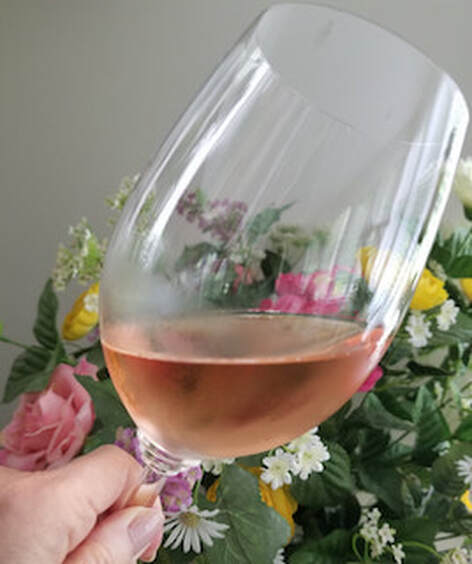
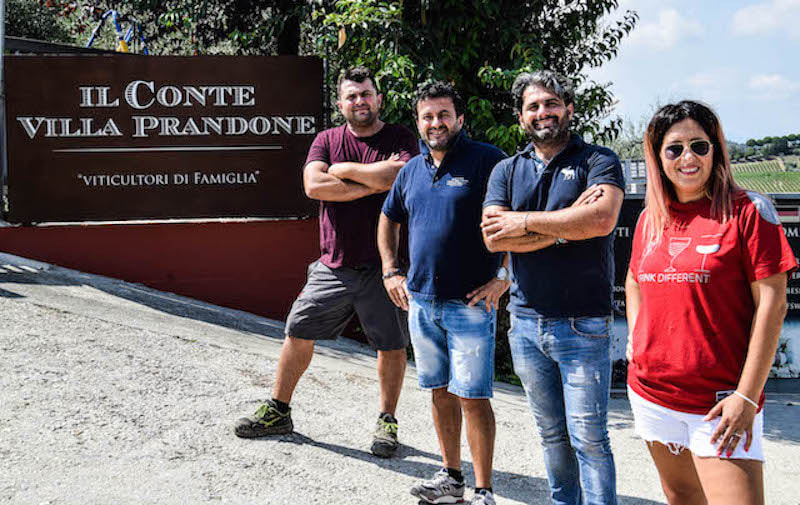
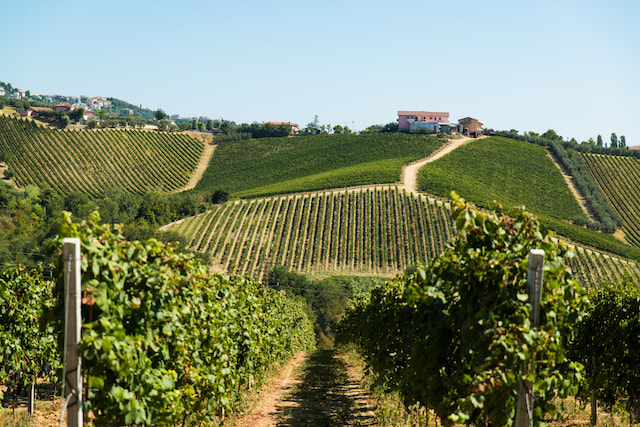
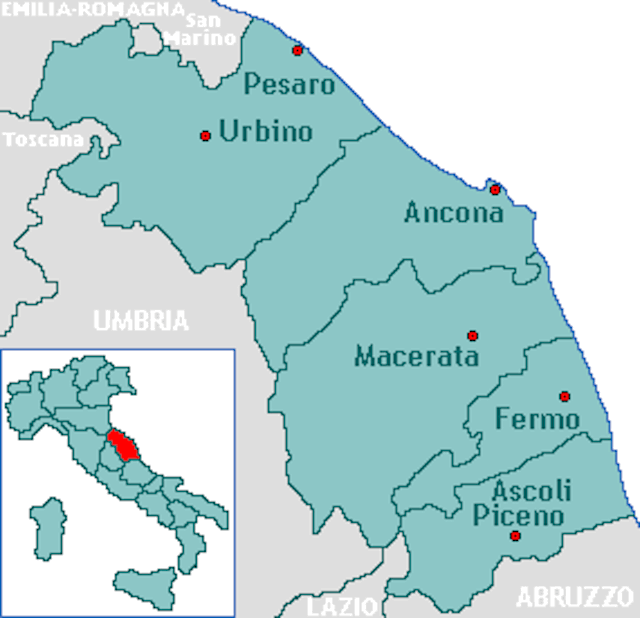
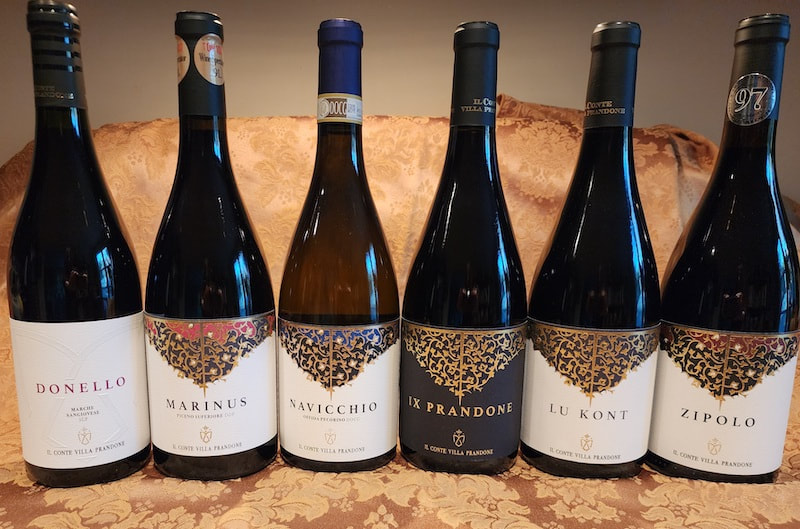
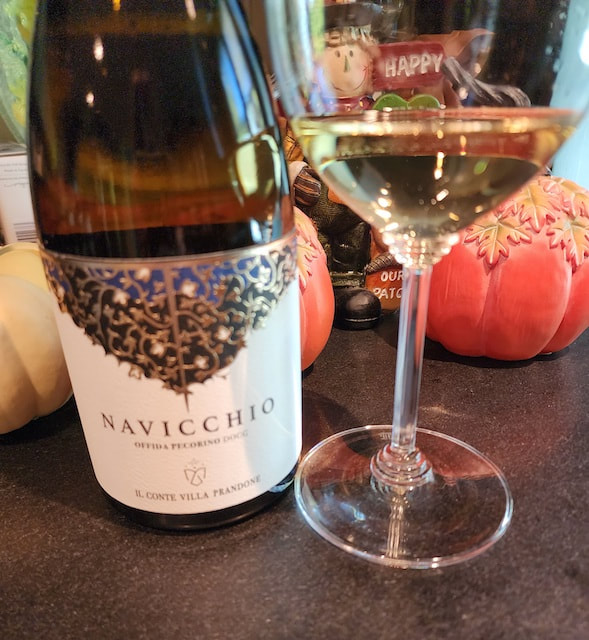
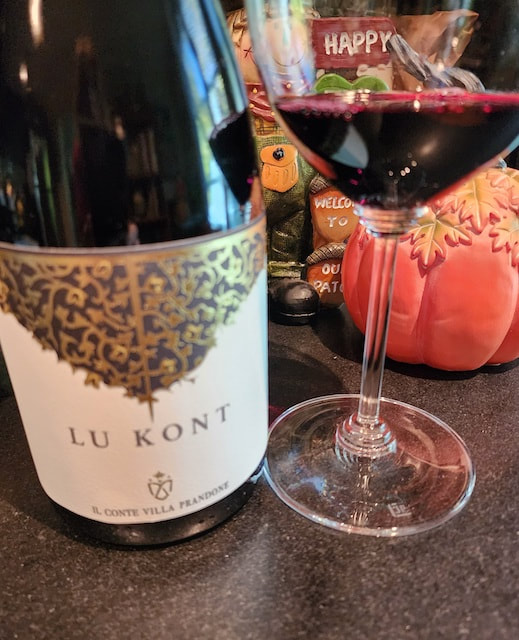
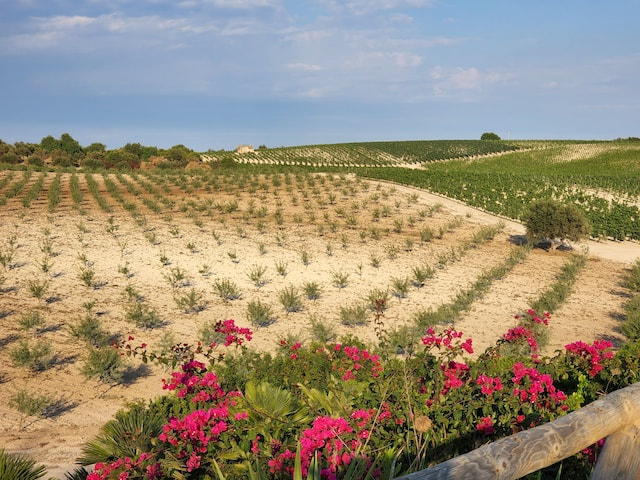
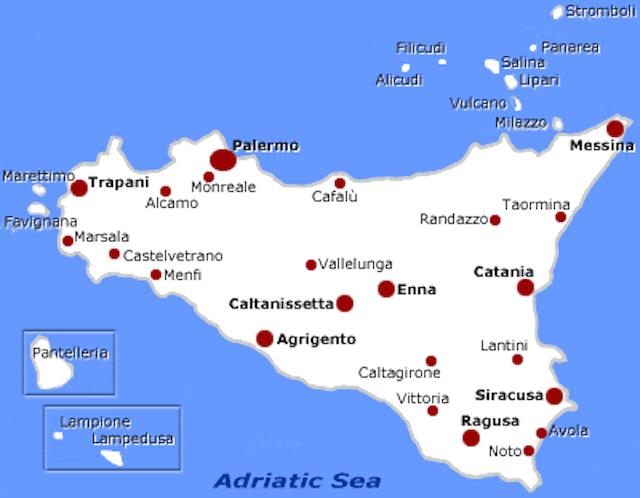
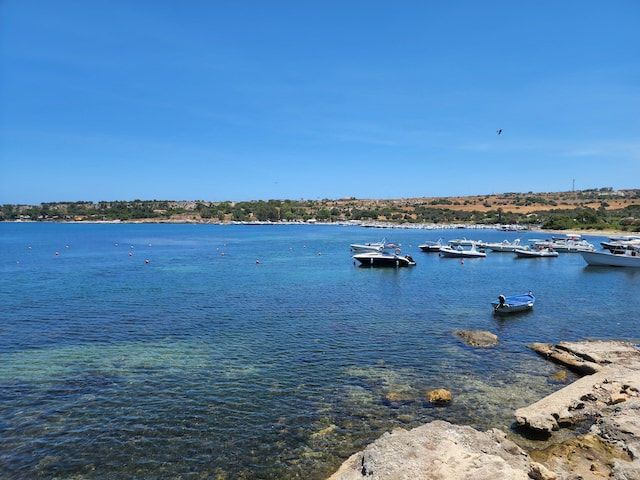
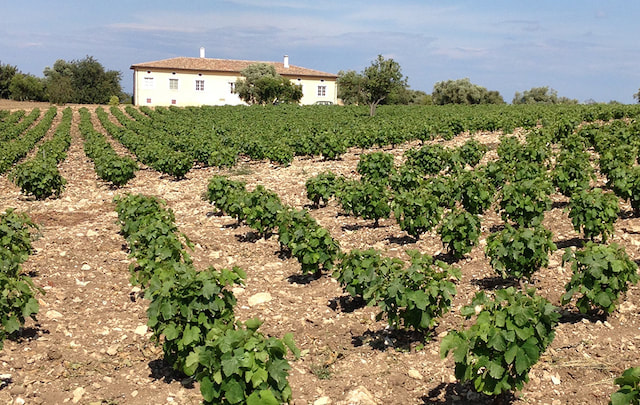
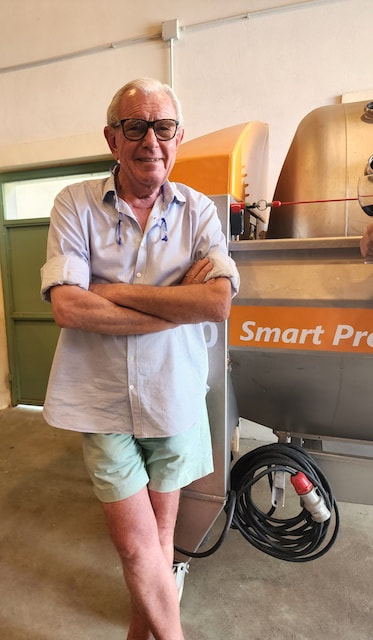
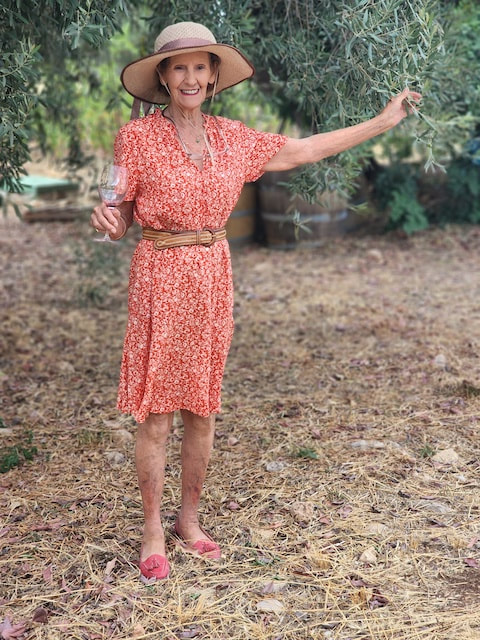
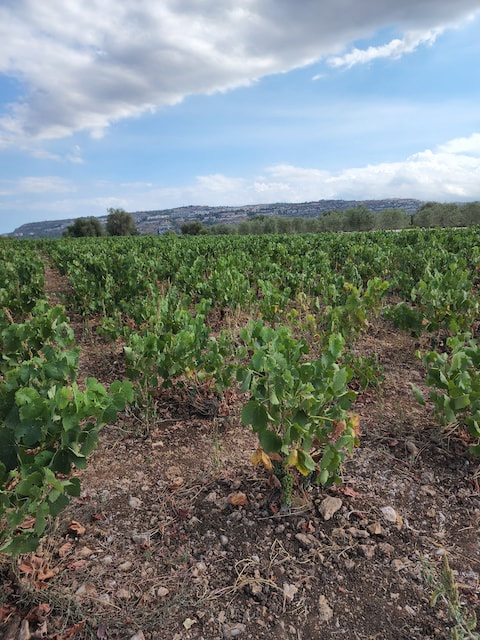

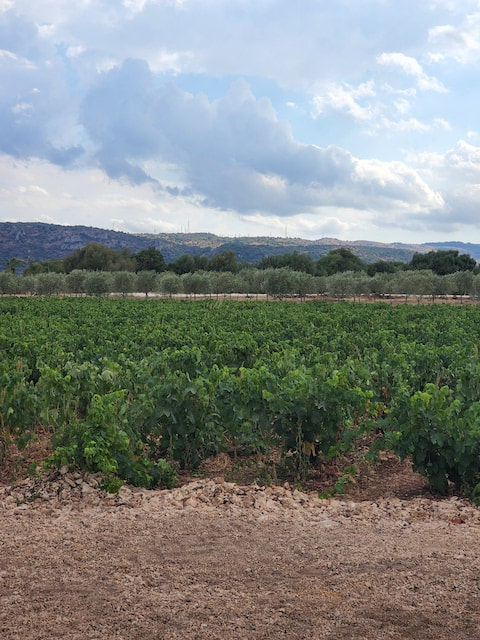
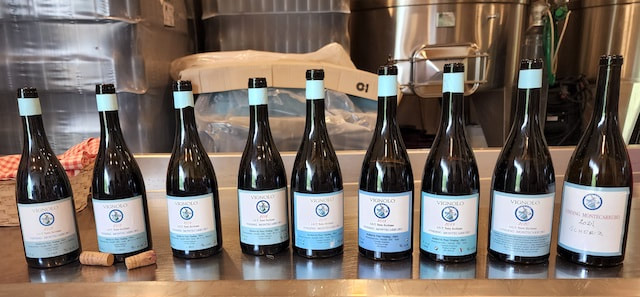
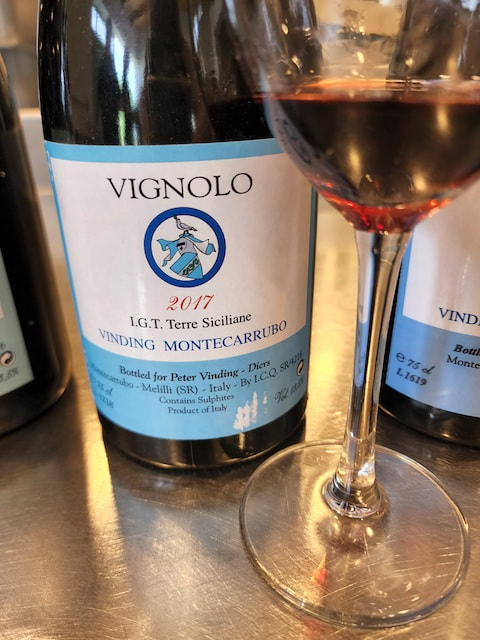
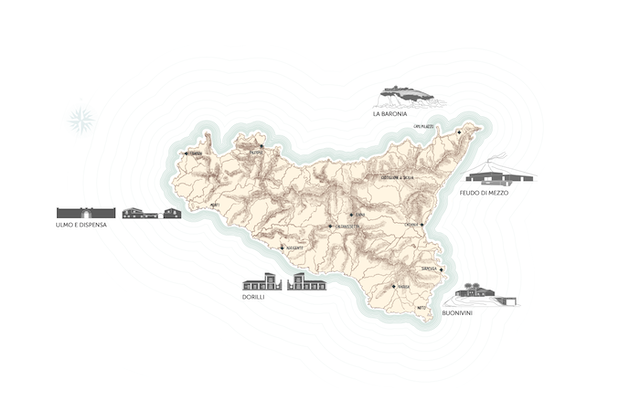
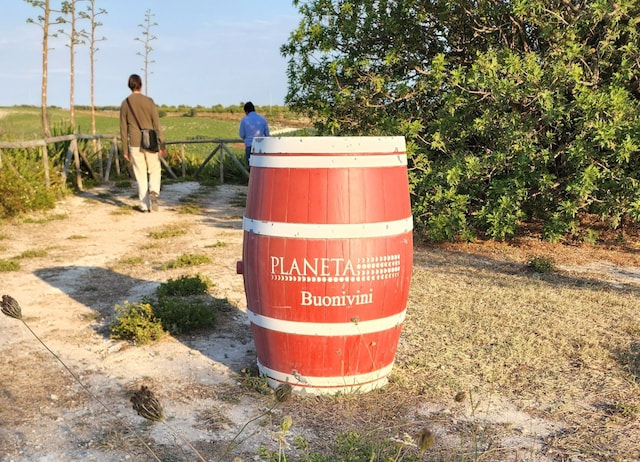
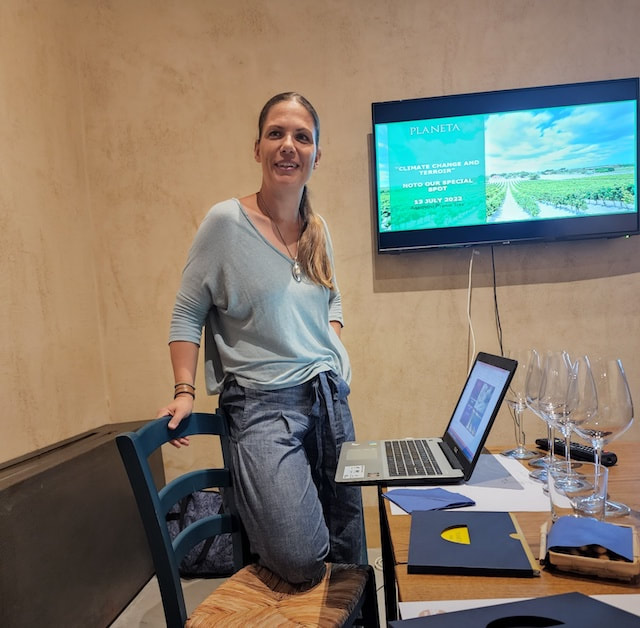
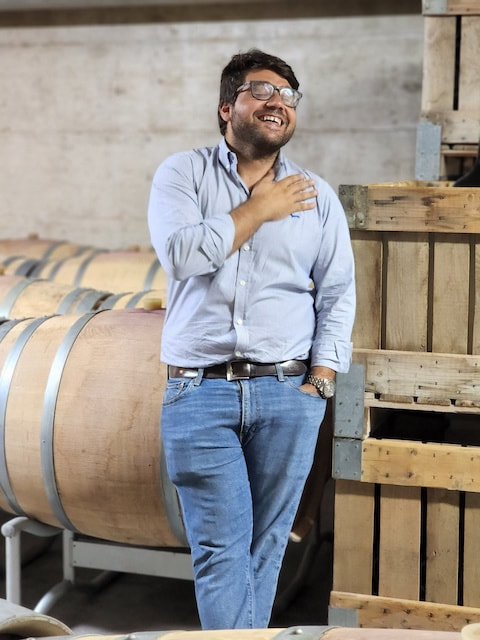
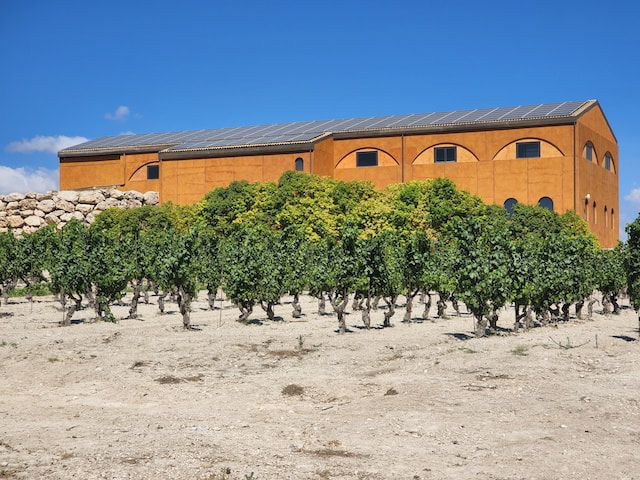
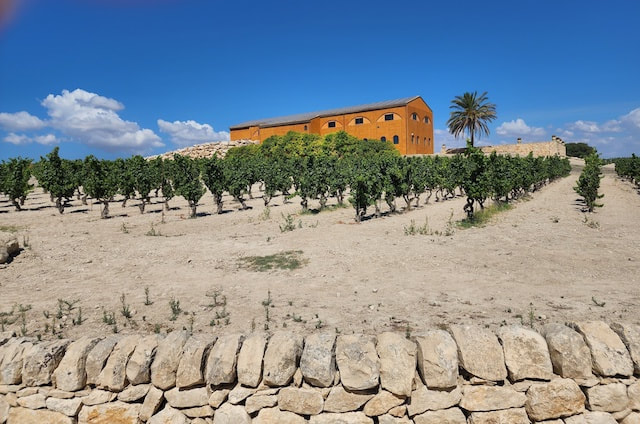
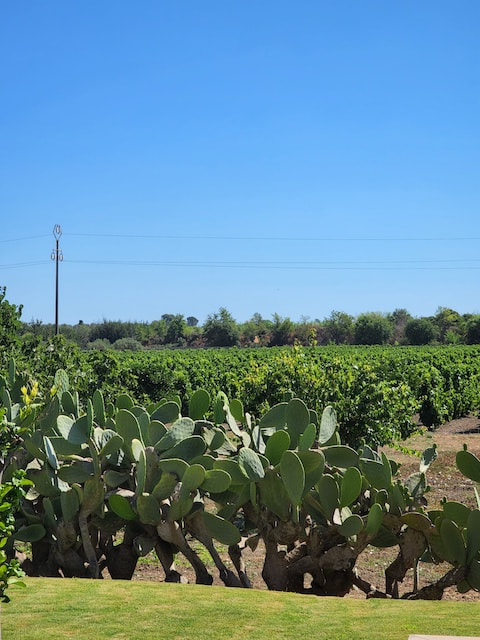
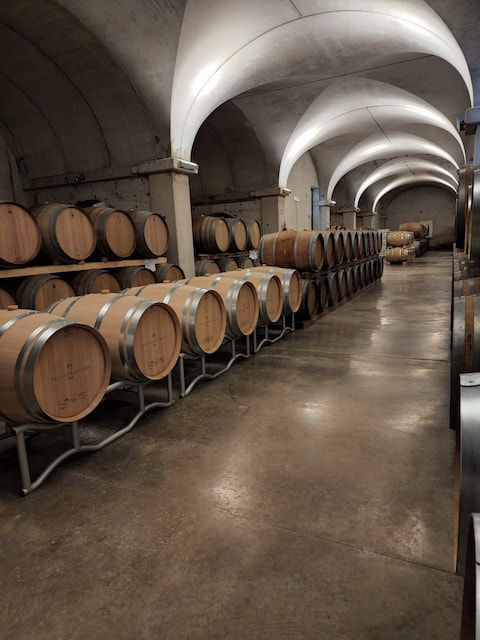
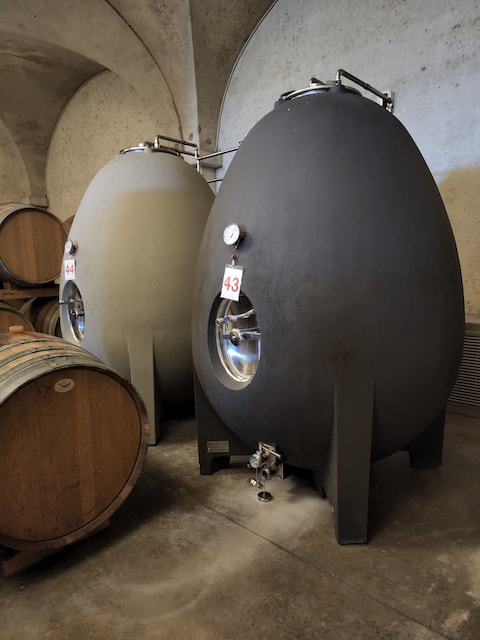
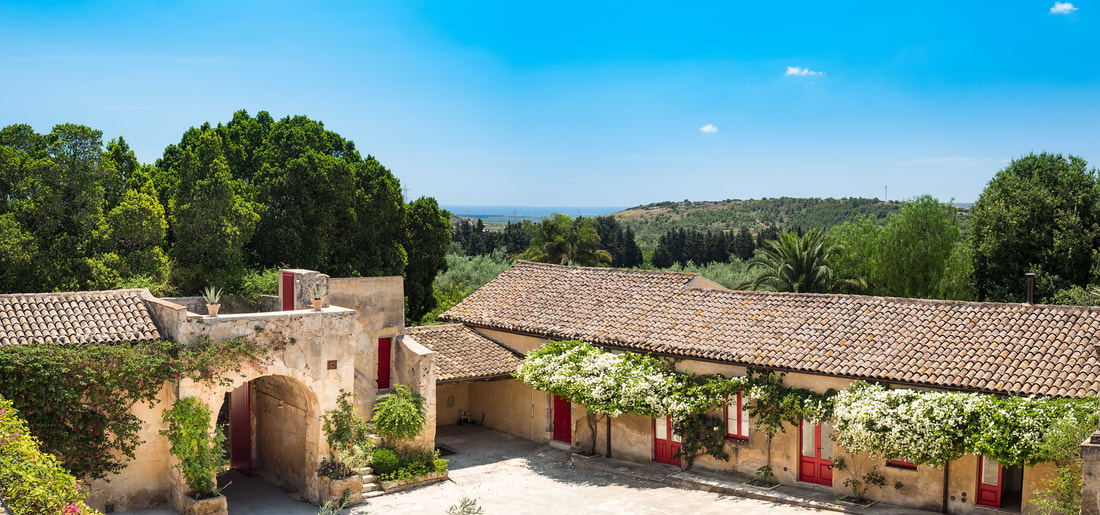
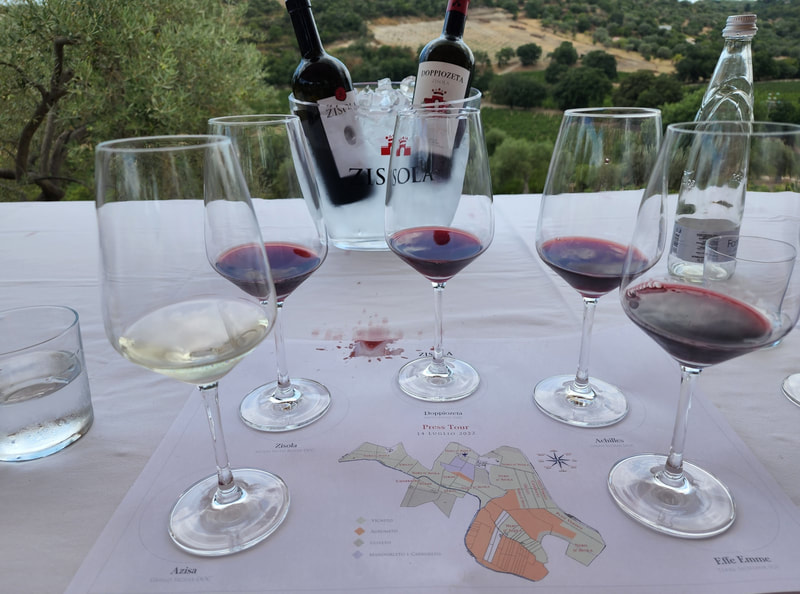
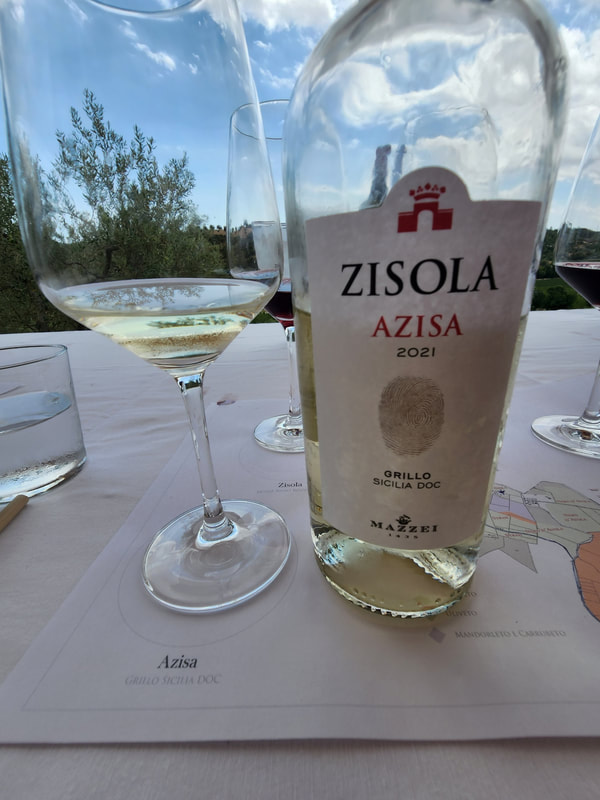
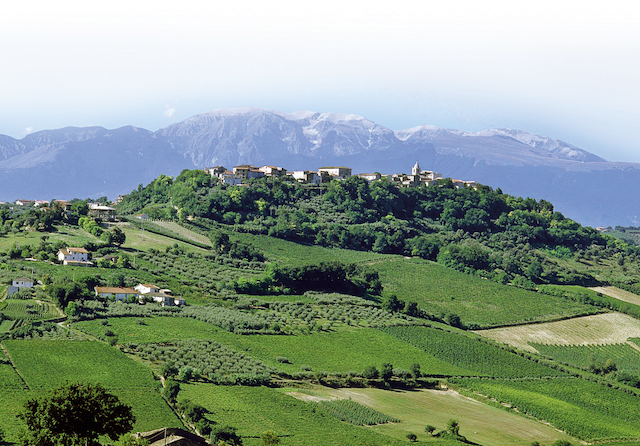
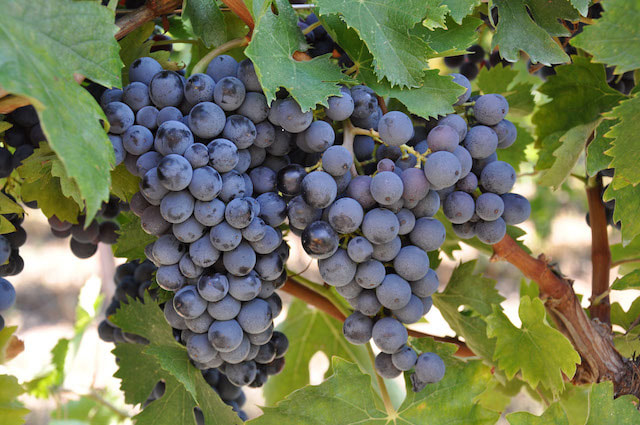
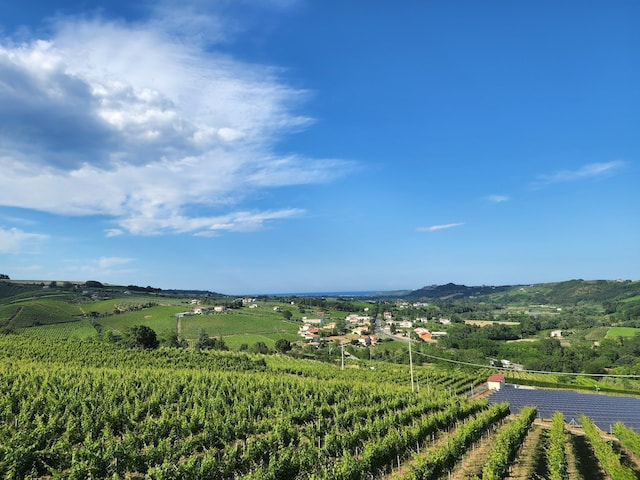
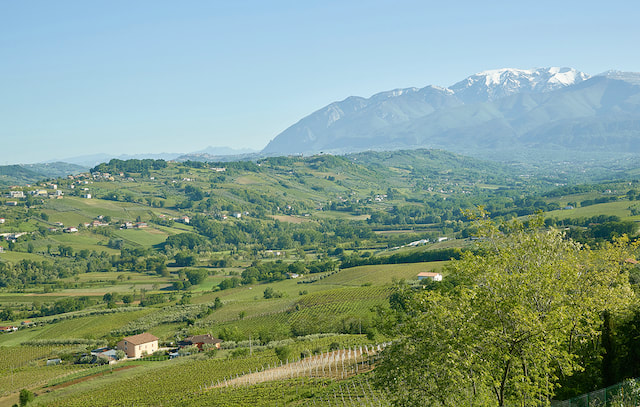
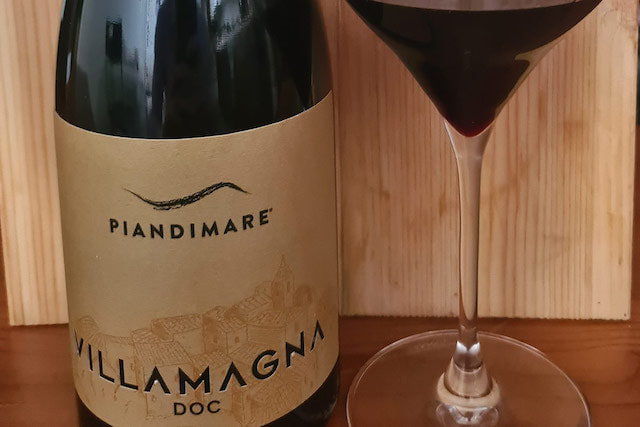
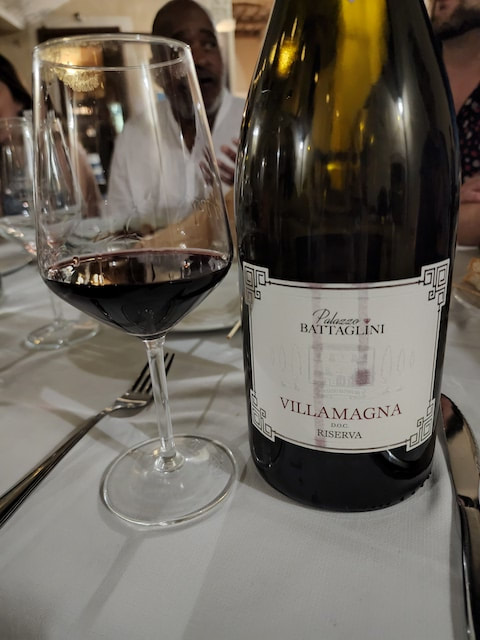
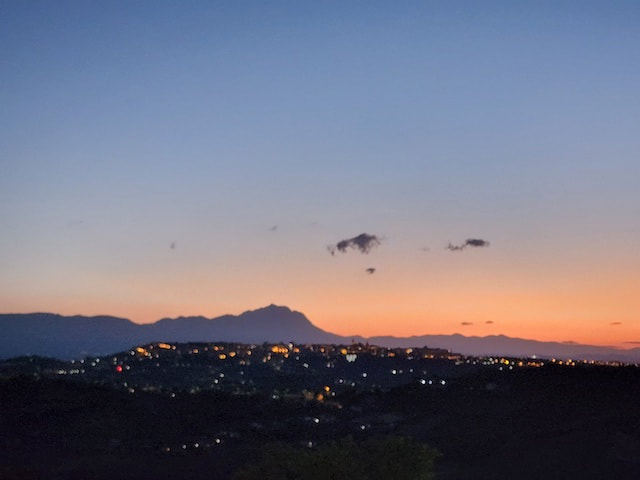
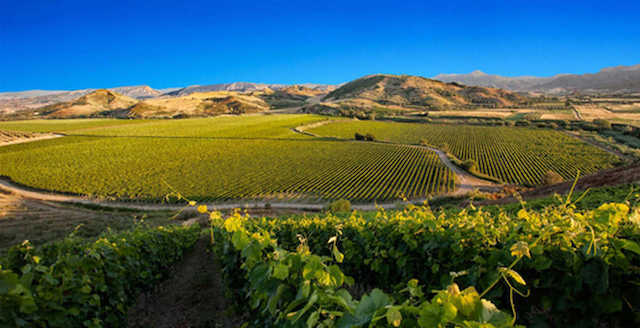

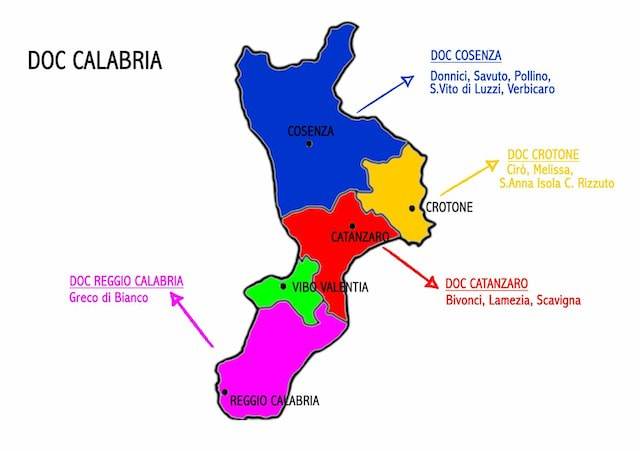
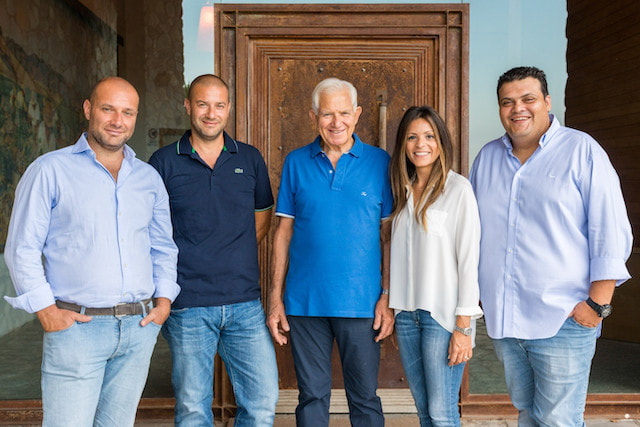


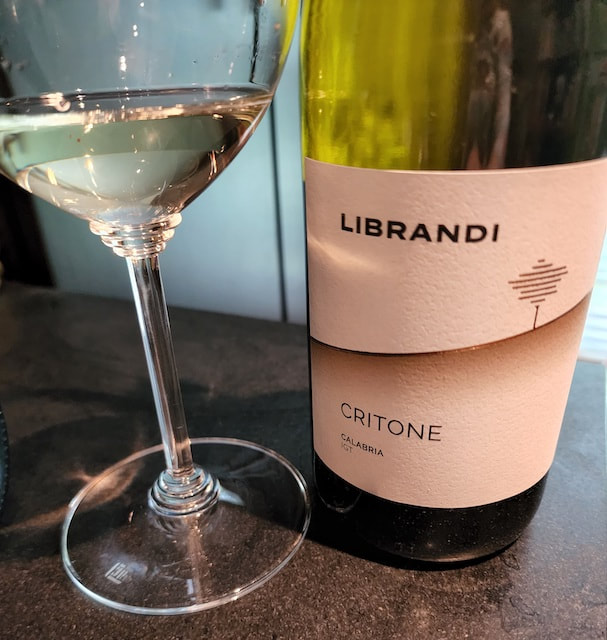
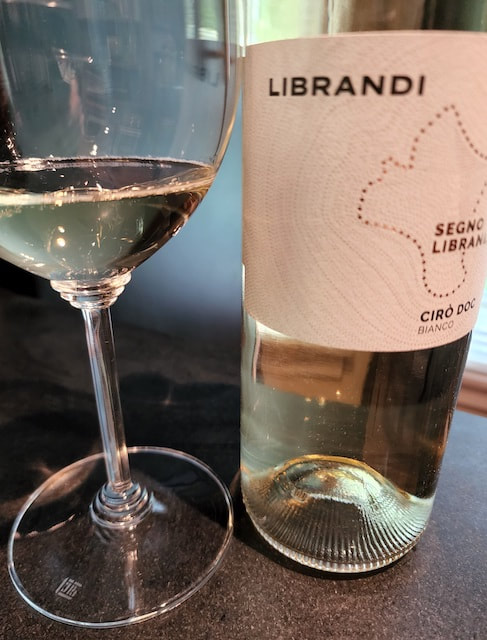
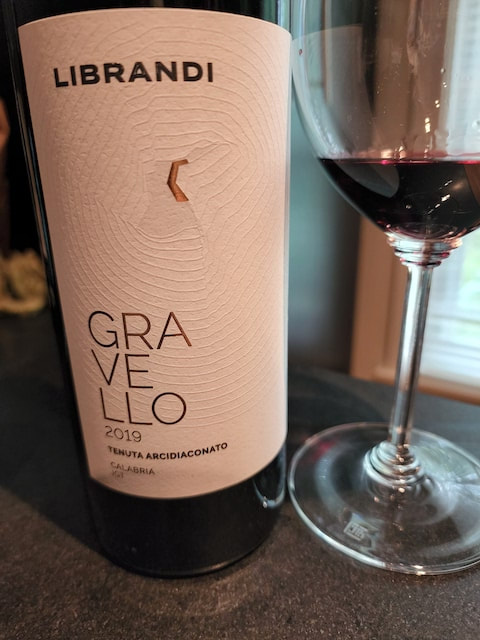
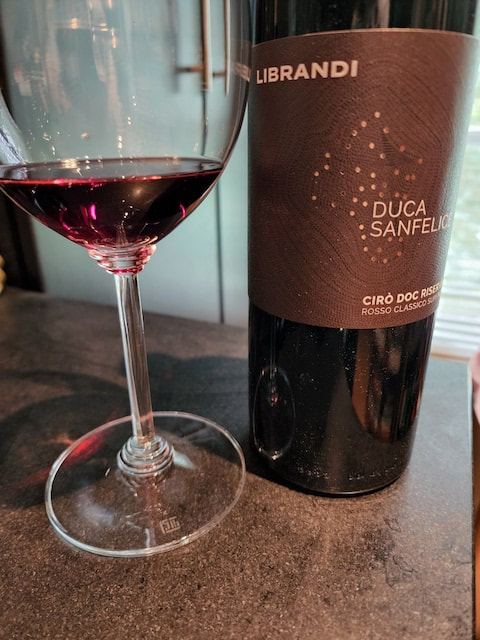
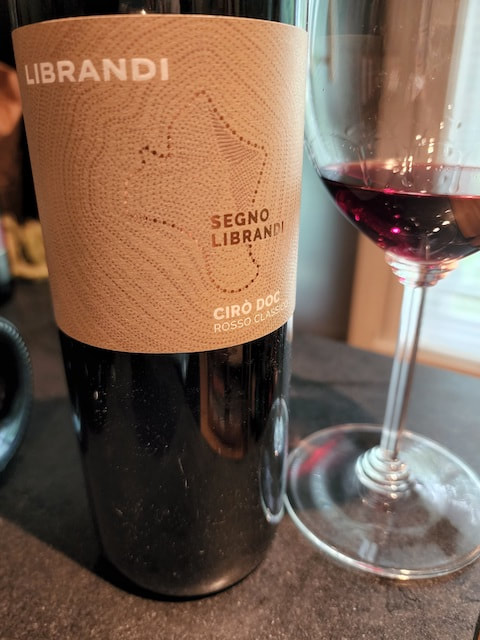

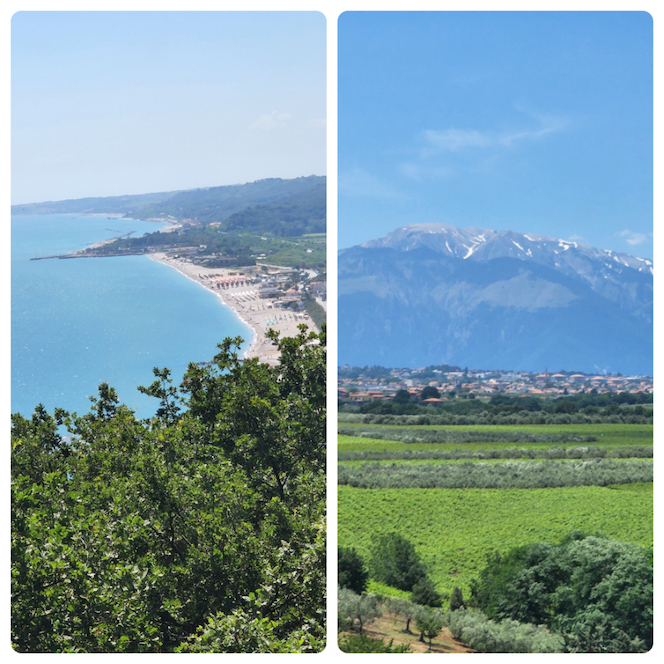
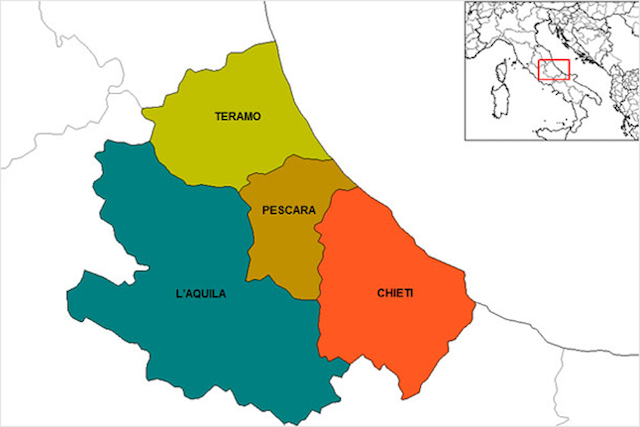
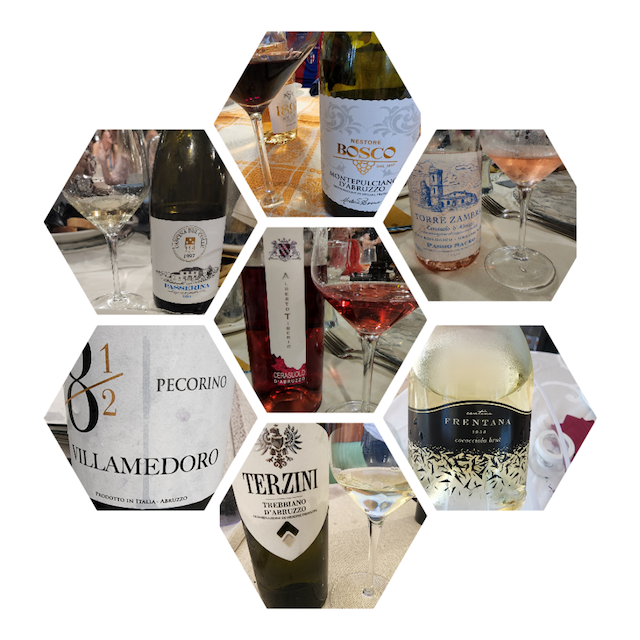

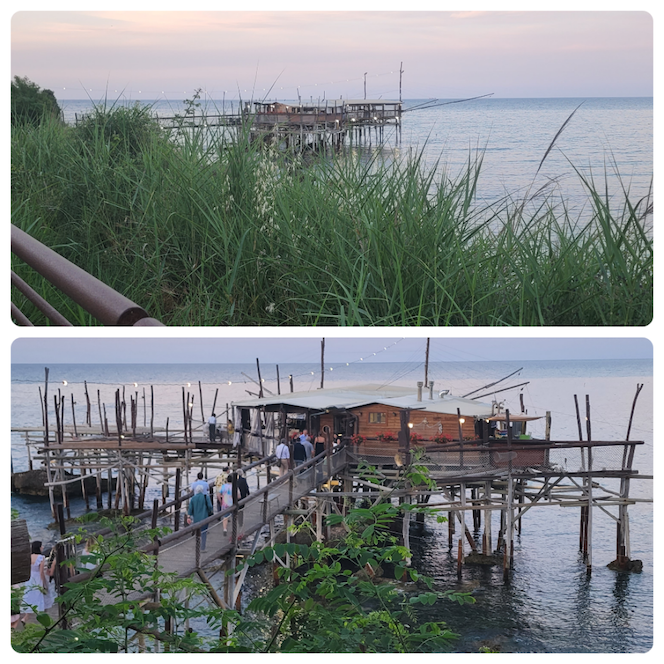
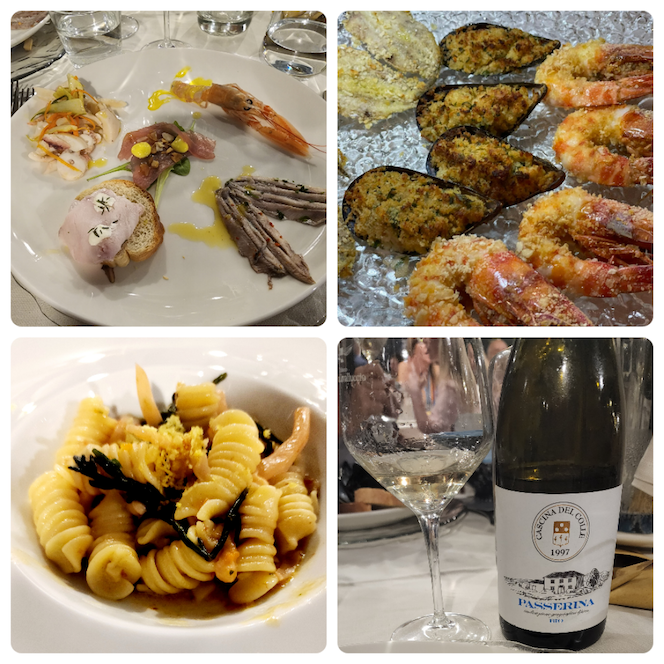
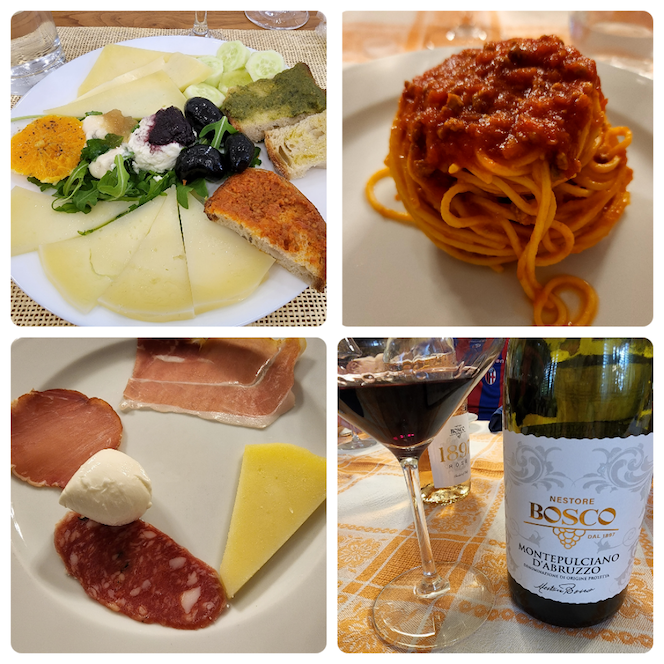
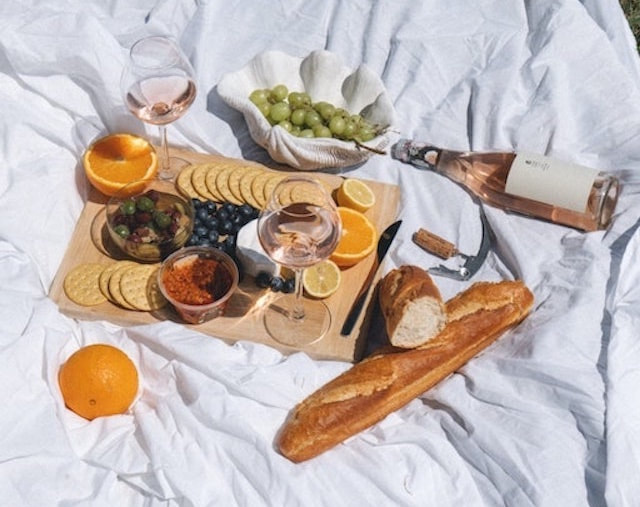
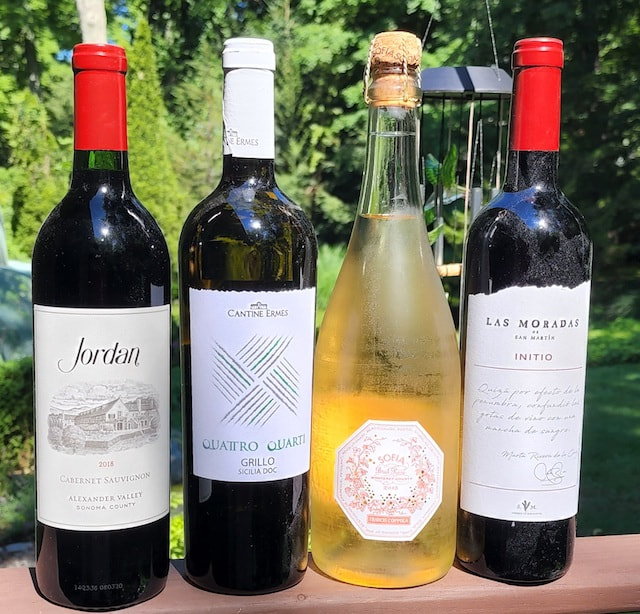

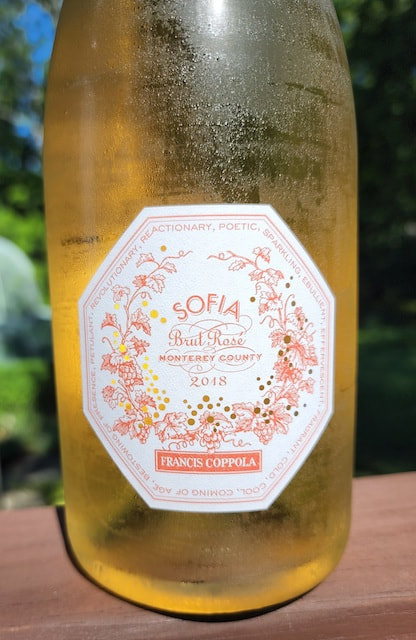
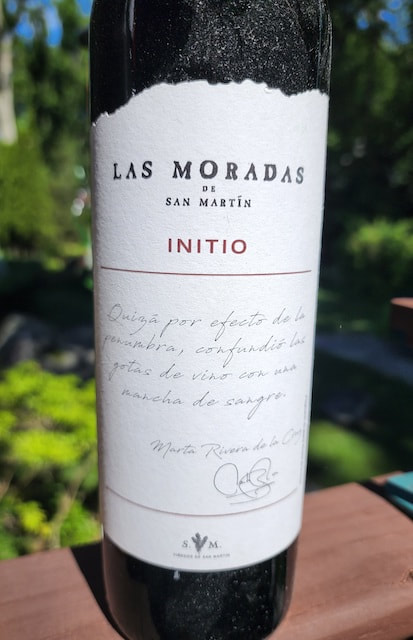
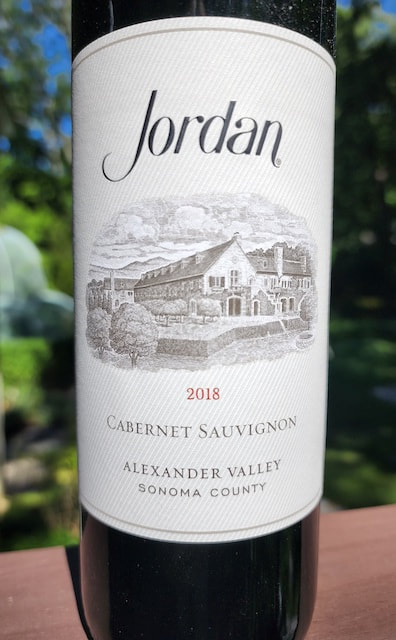

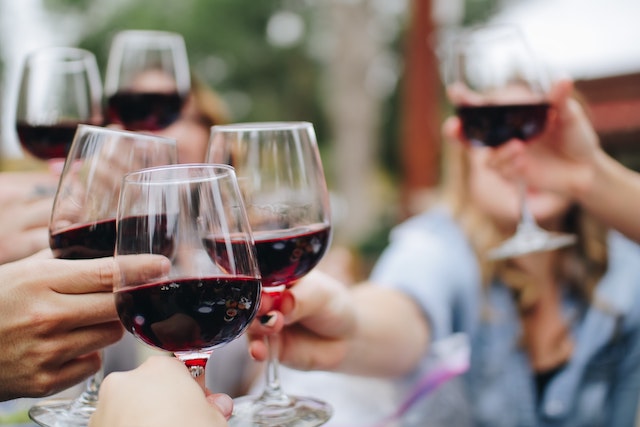
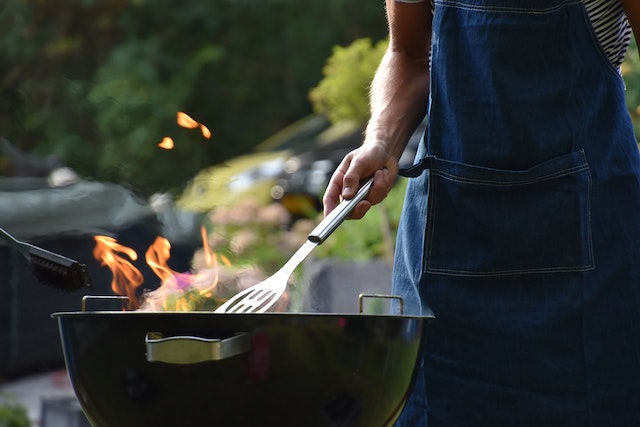
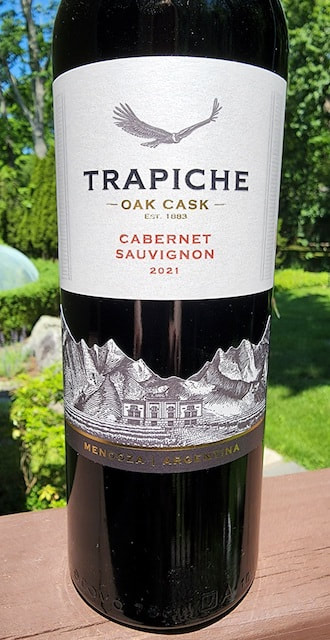
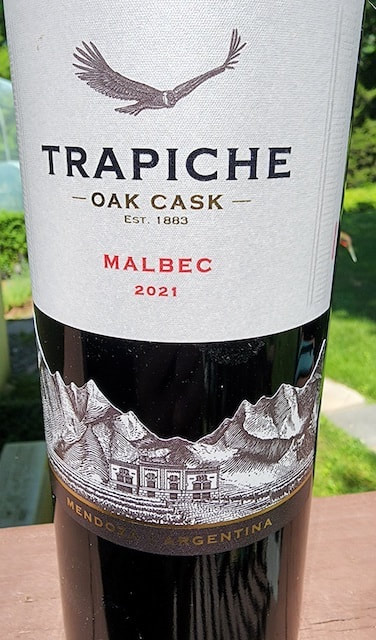
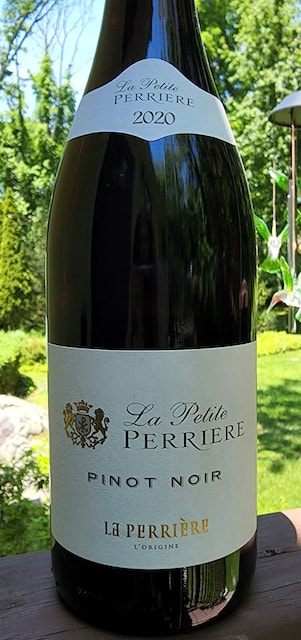
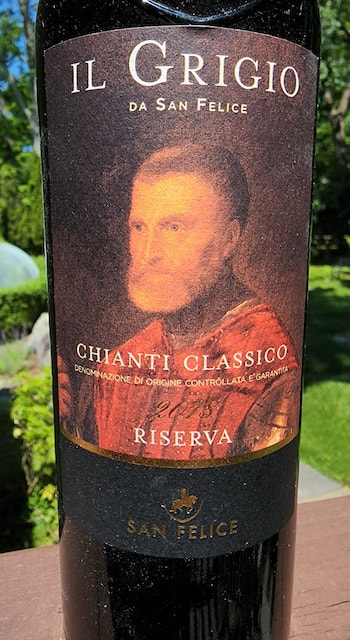
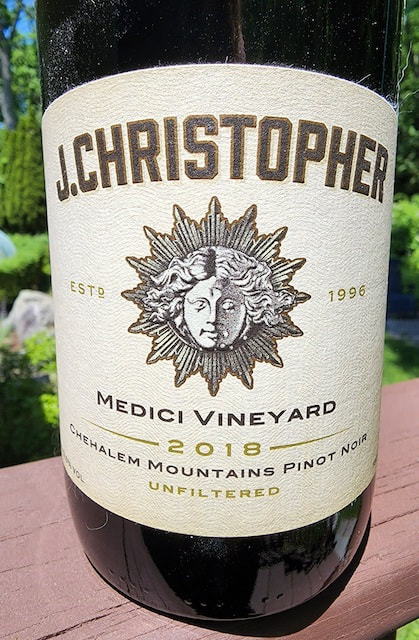
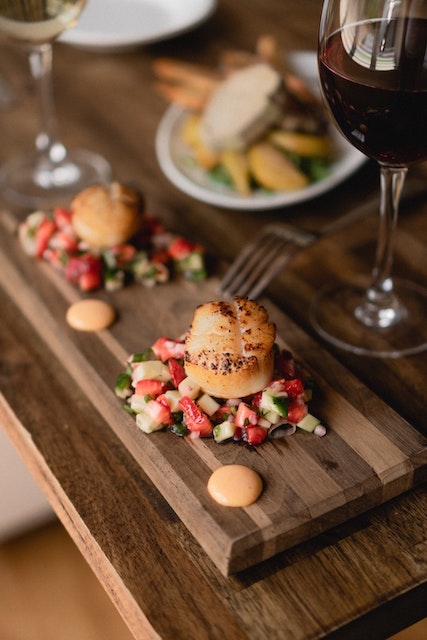
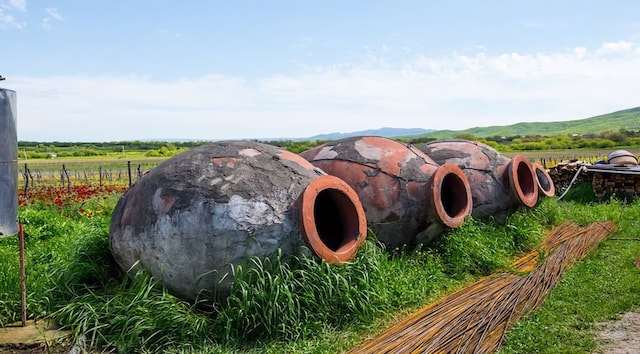
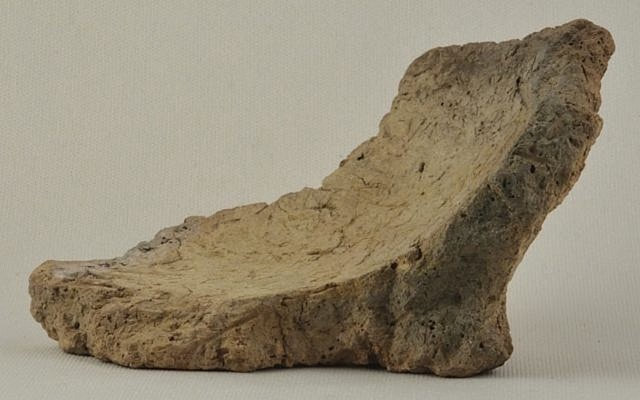
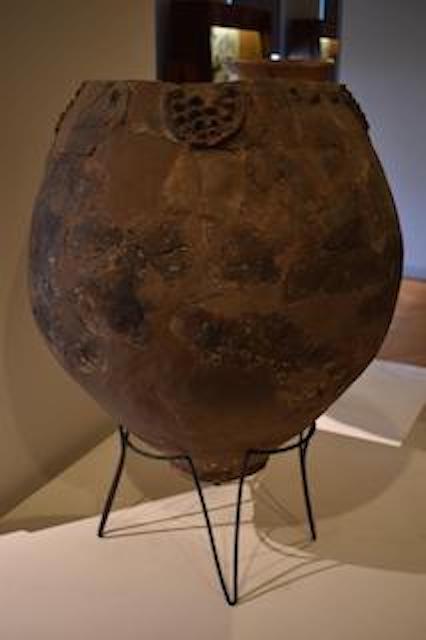
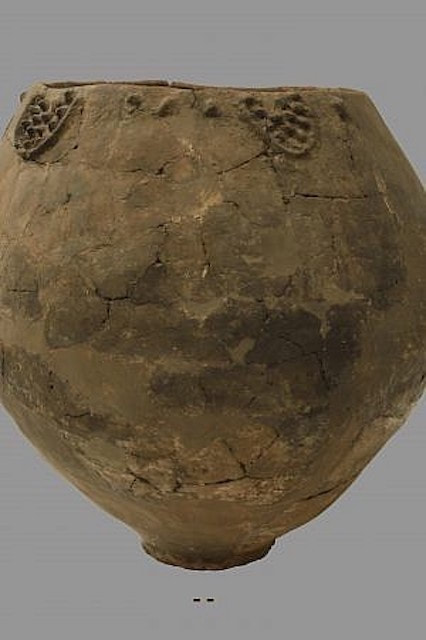
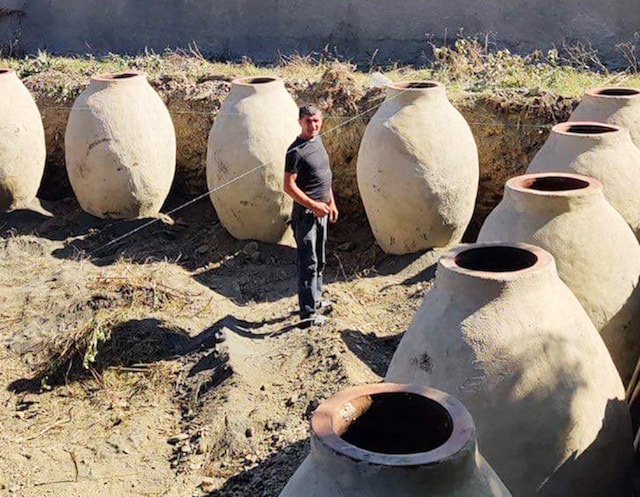
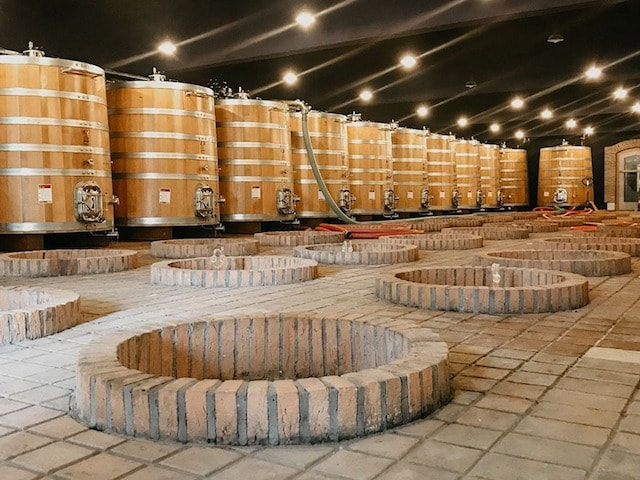
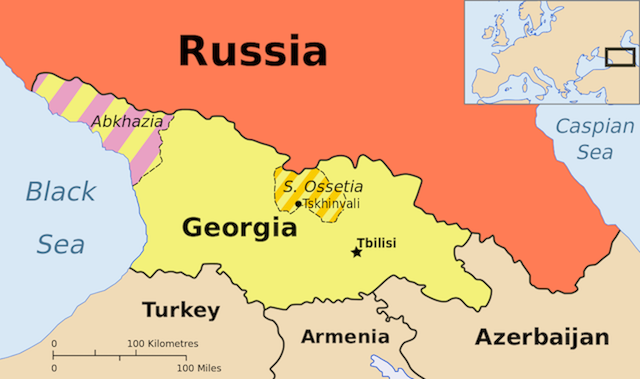
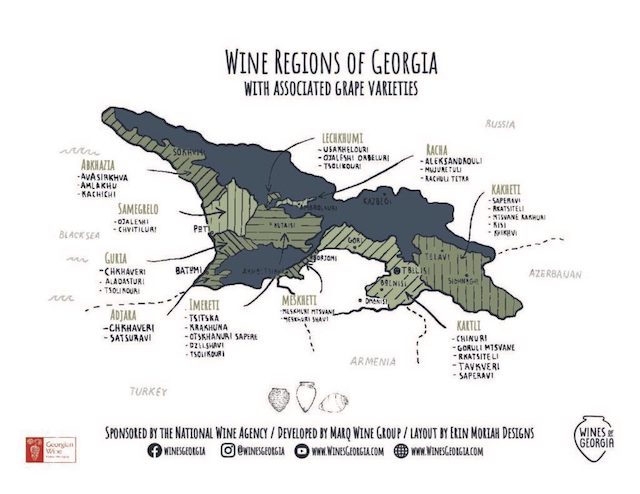
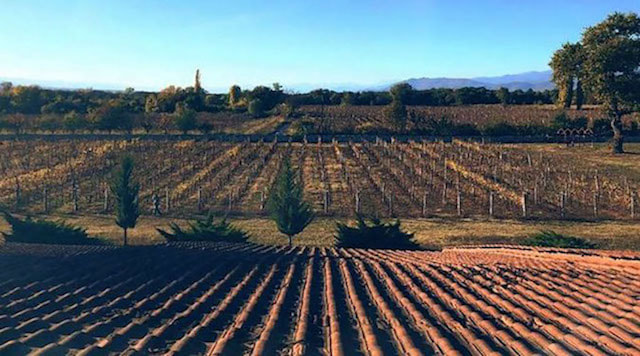
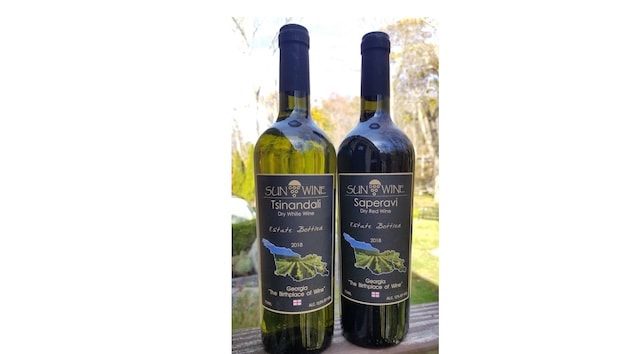

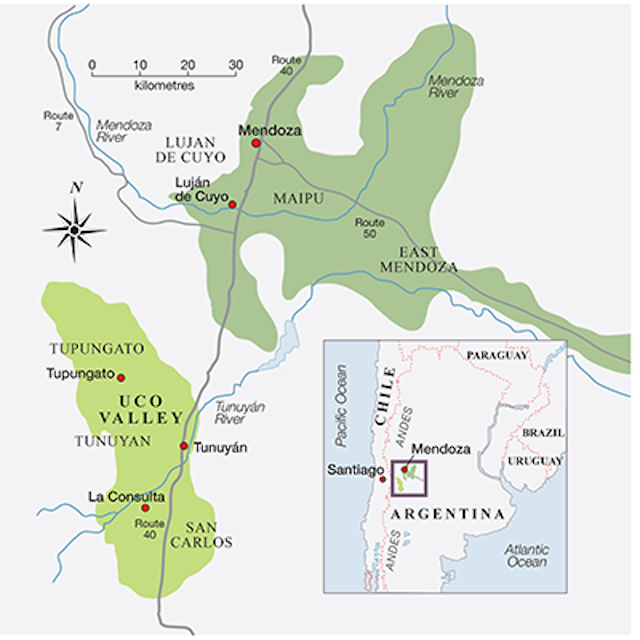
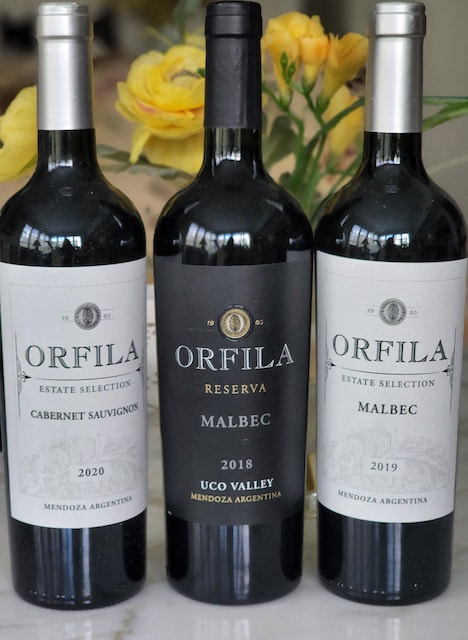
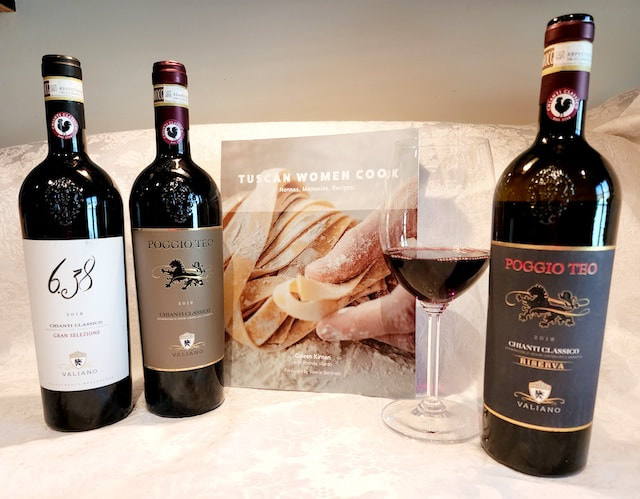
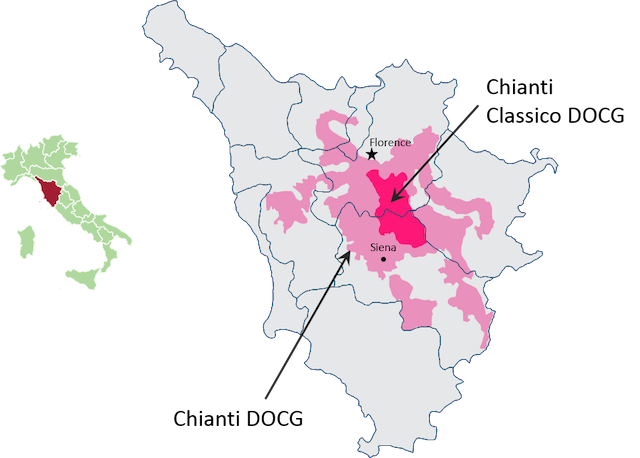
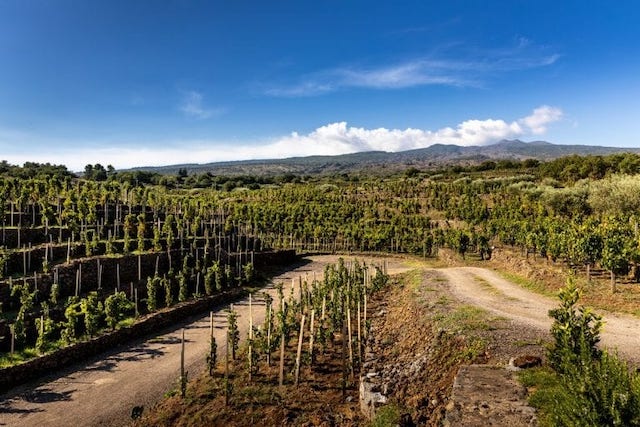
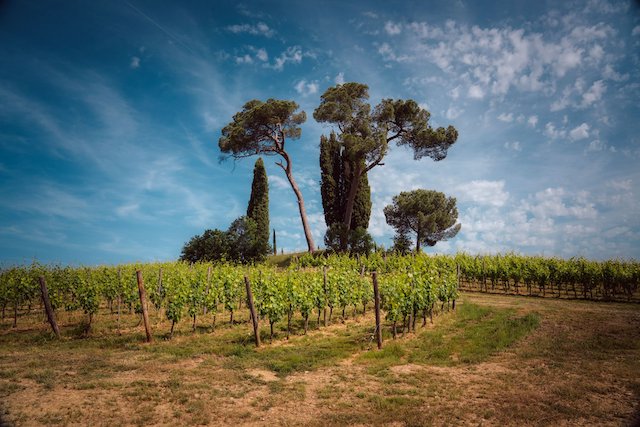
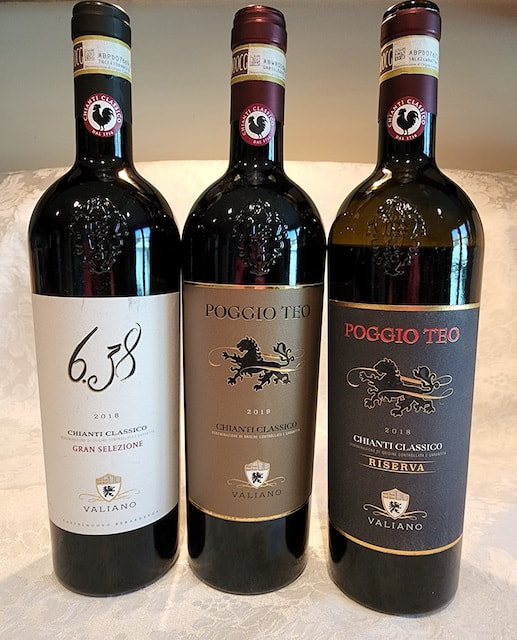
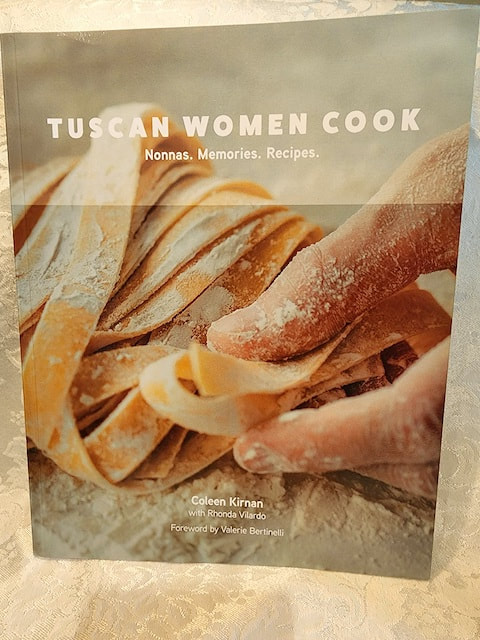
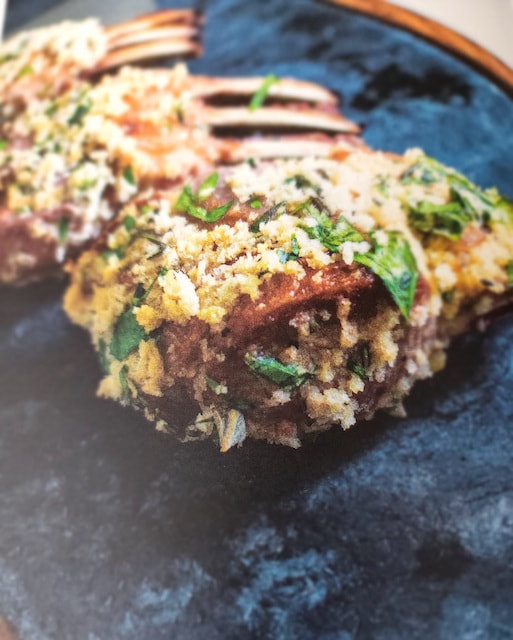

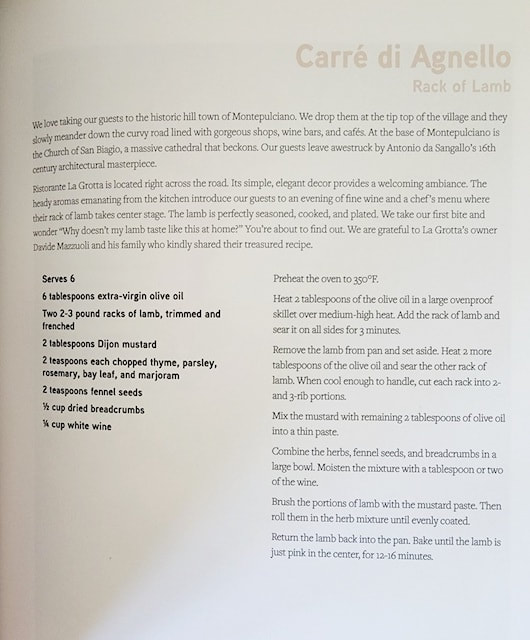
 RSS Feed
RSS Feed